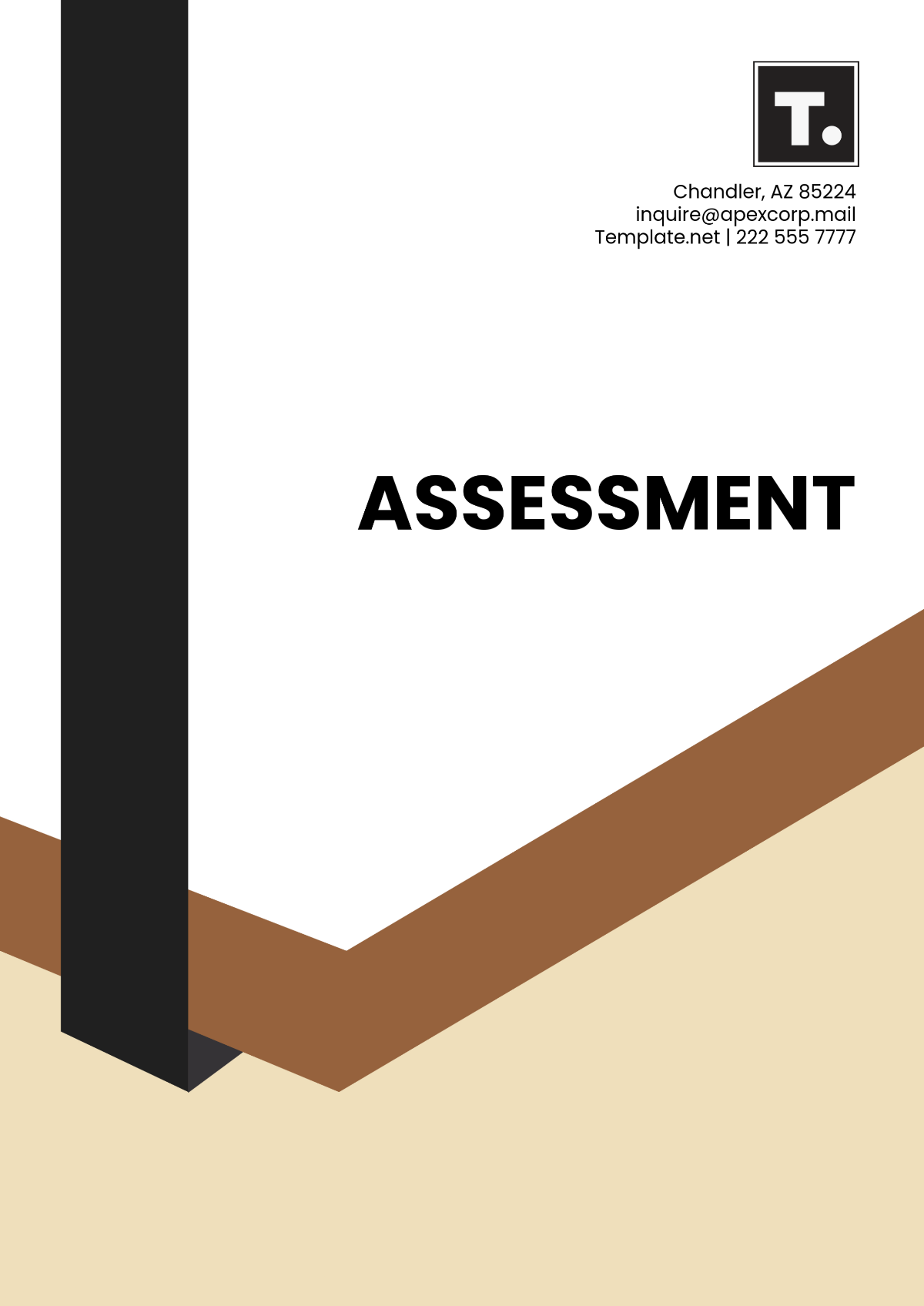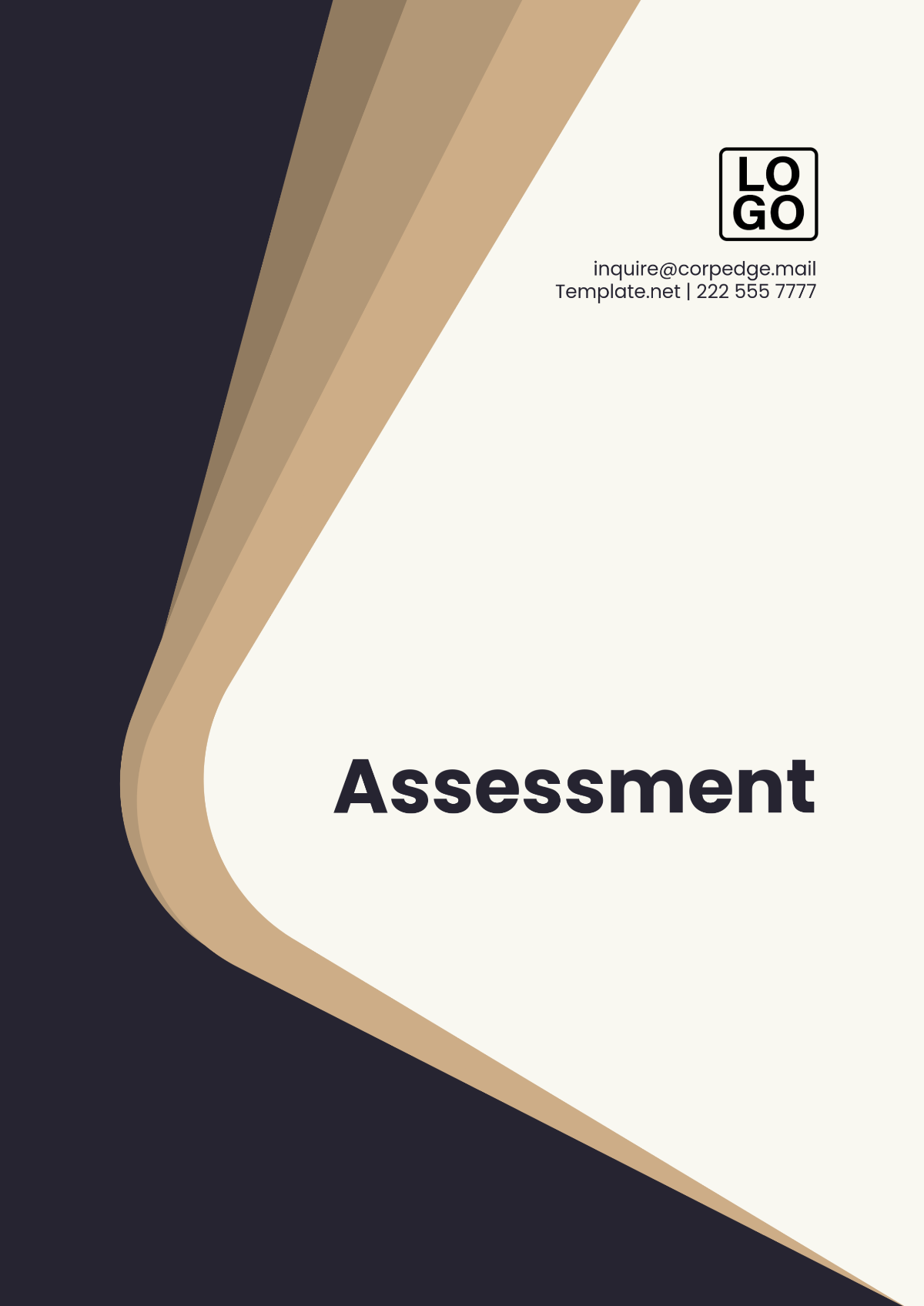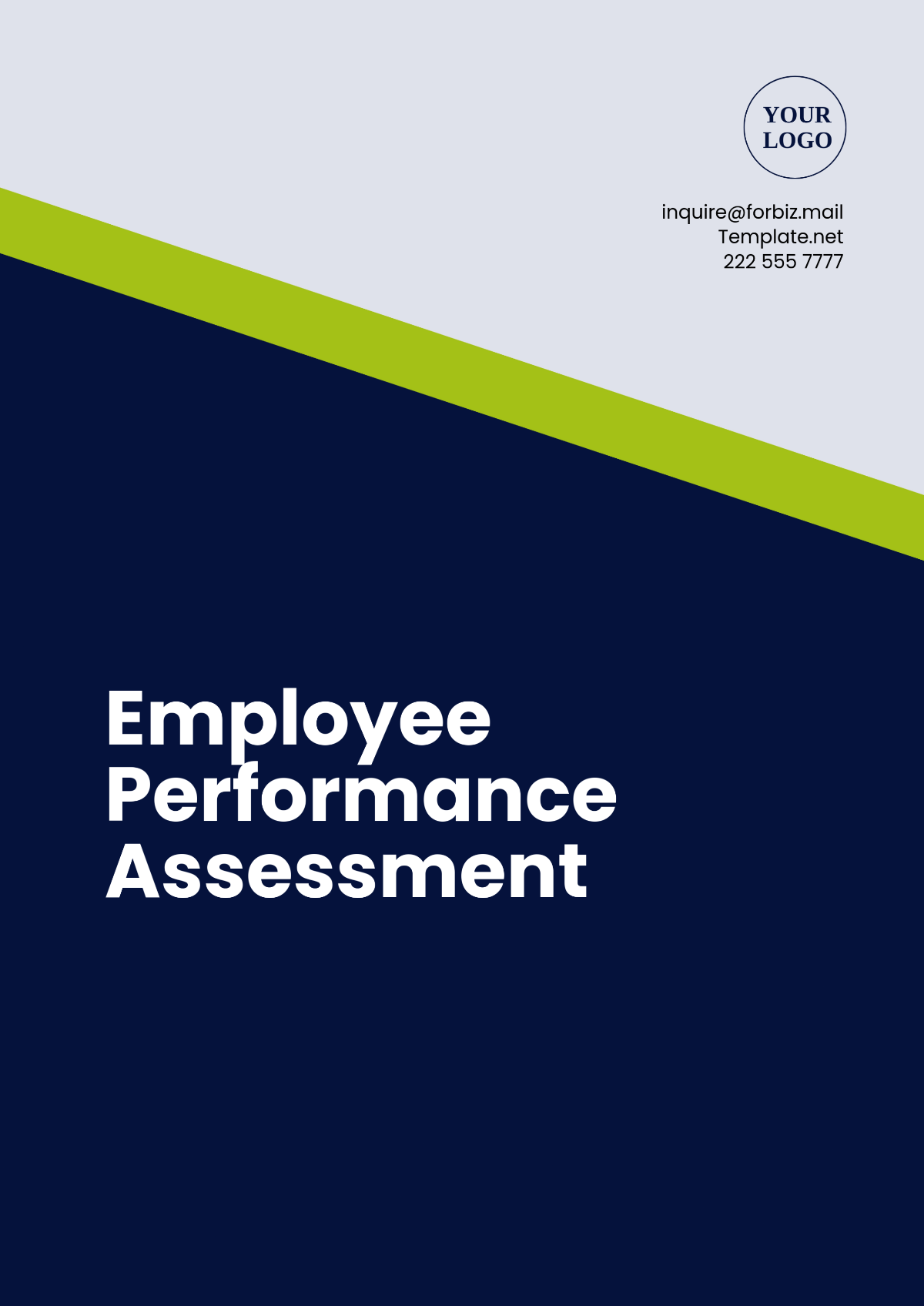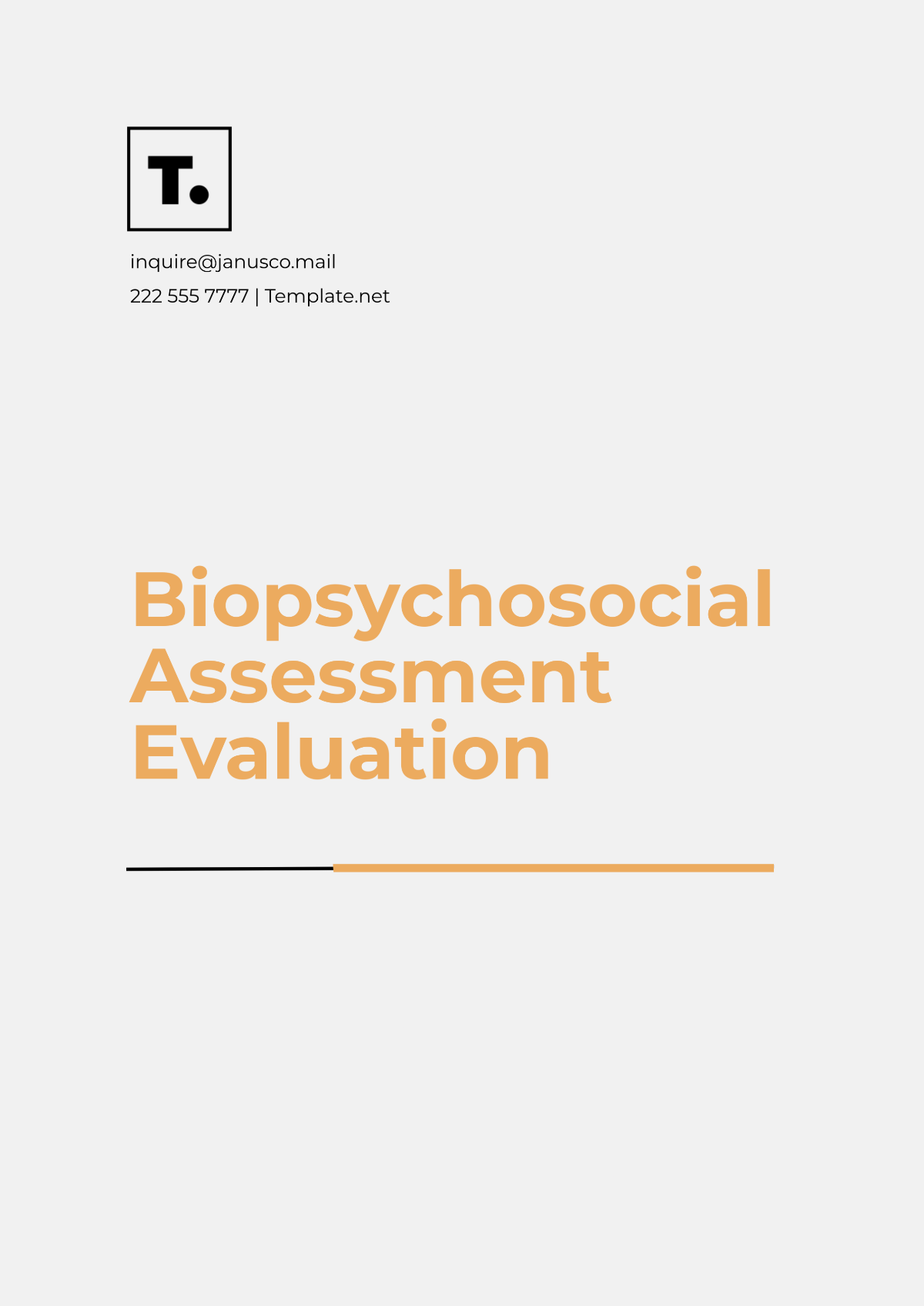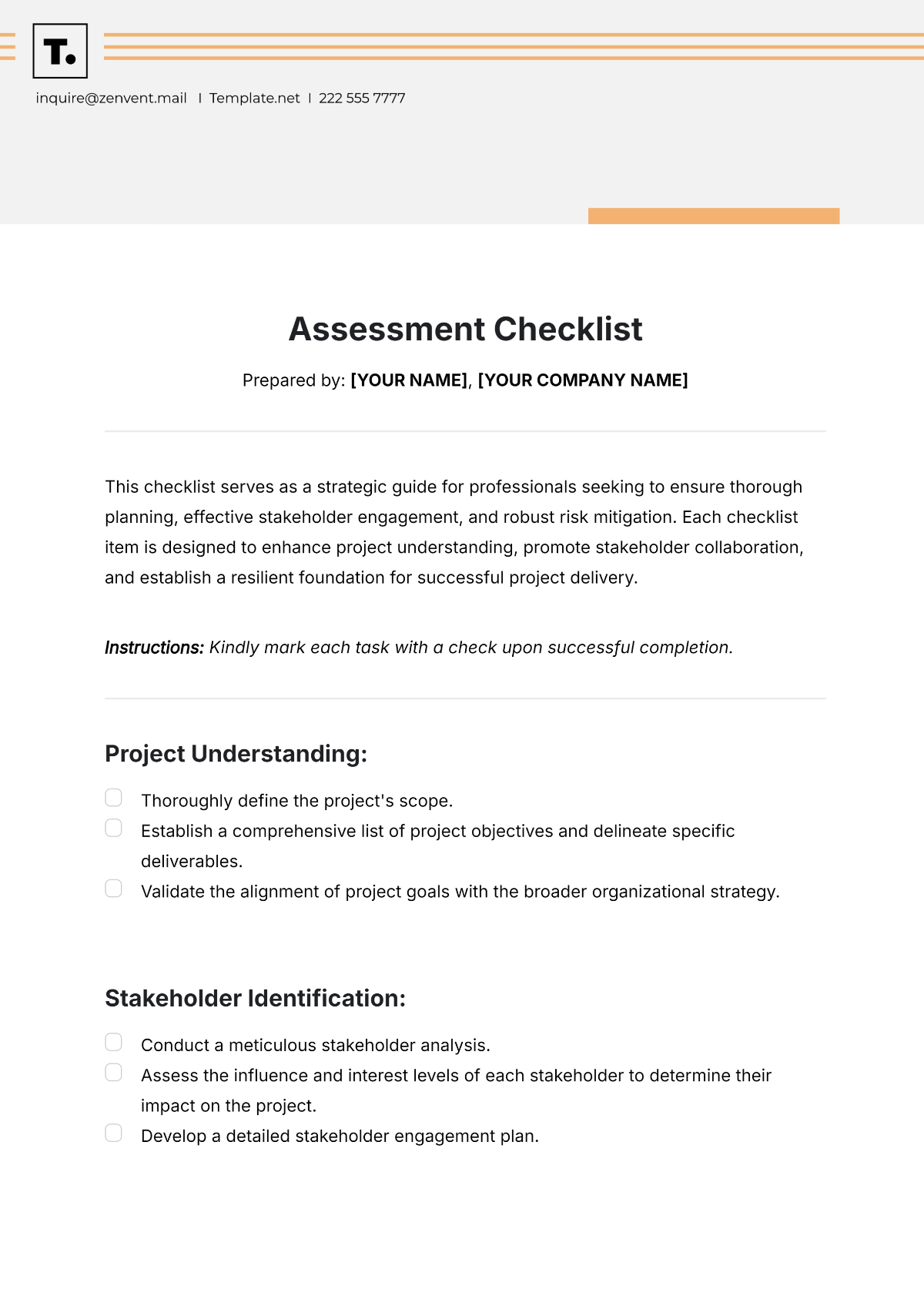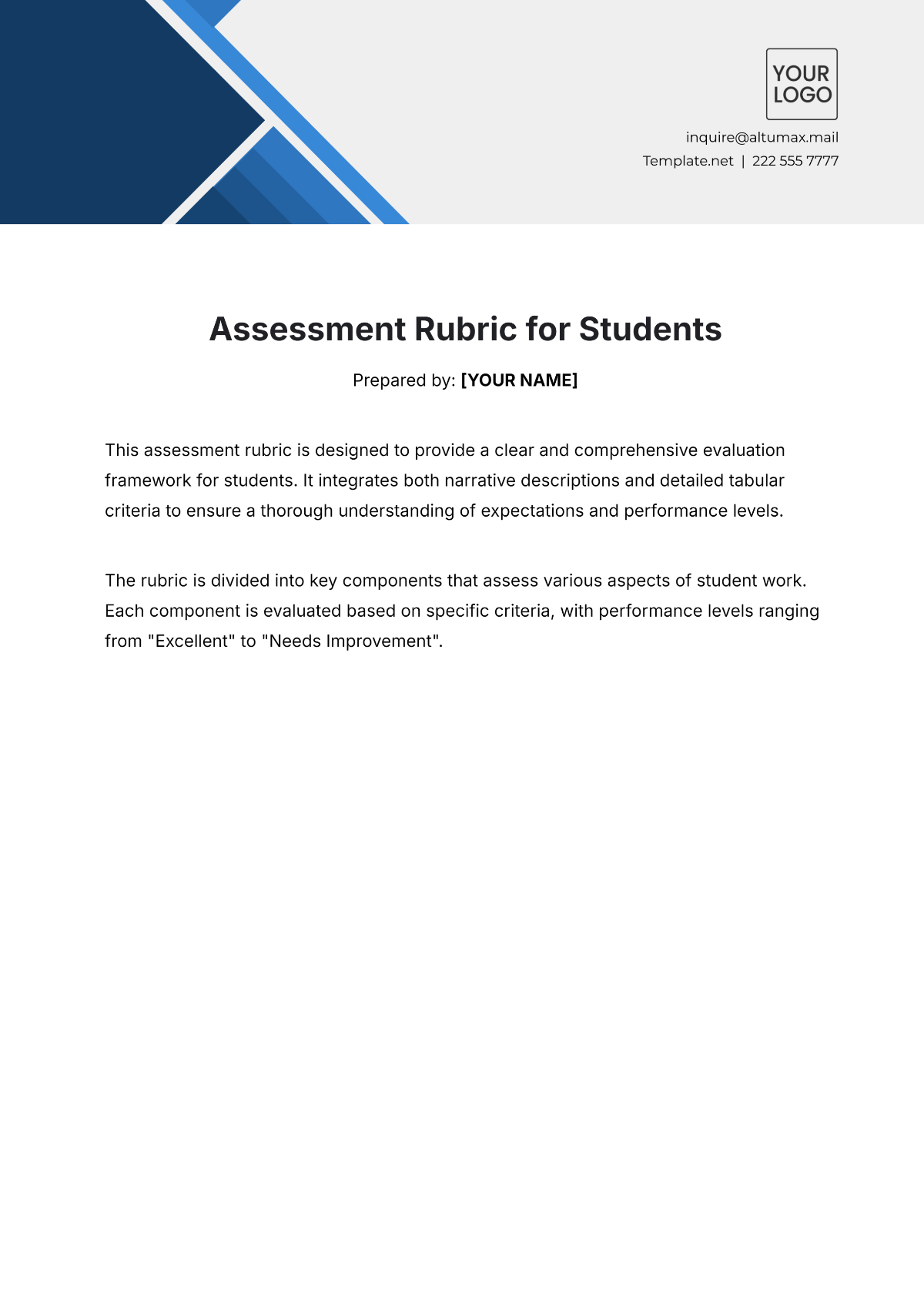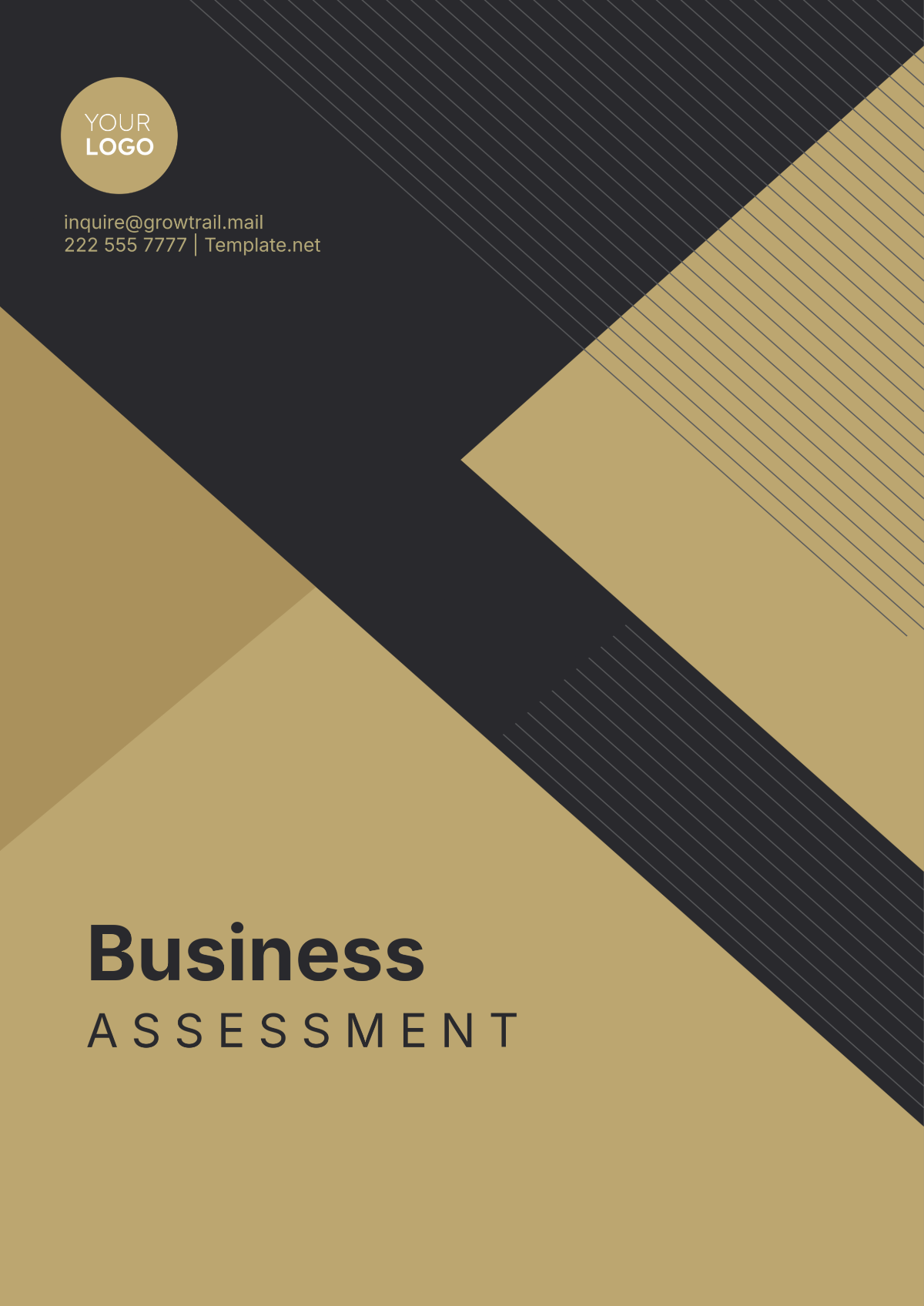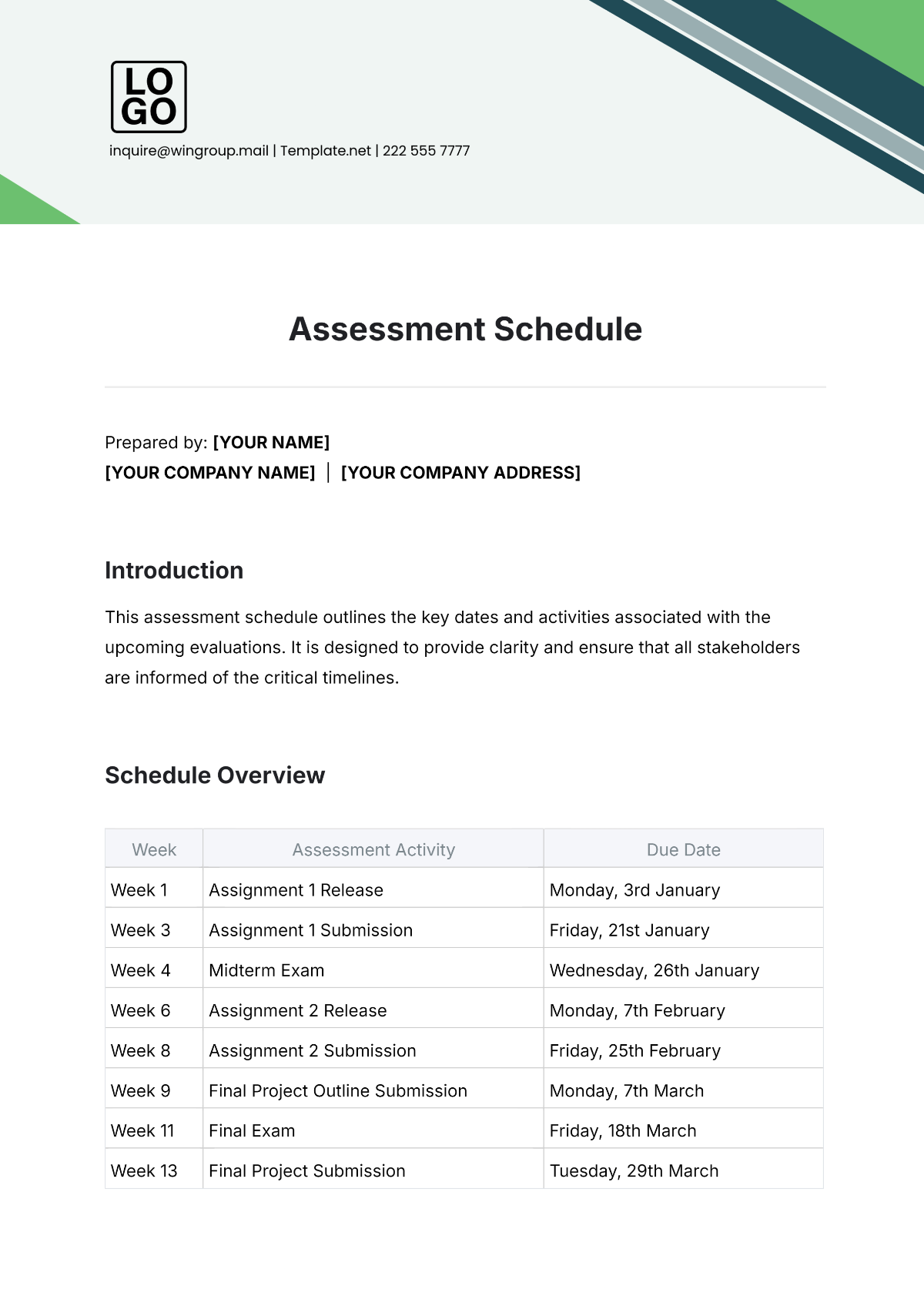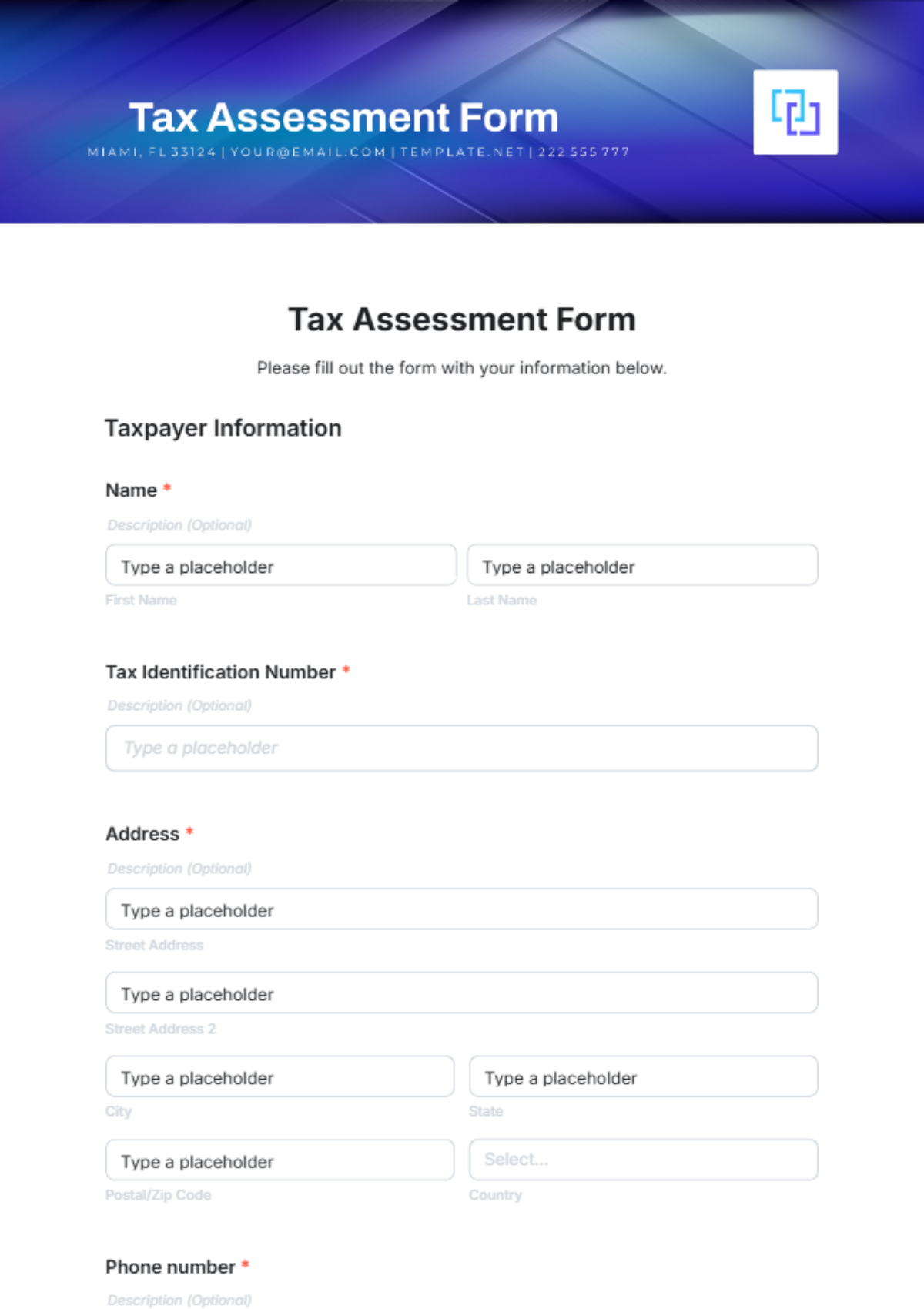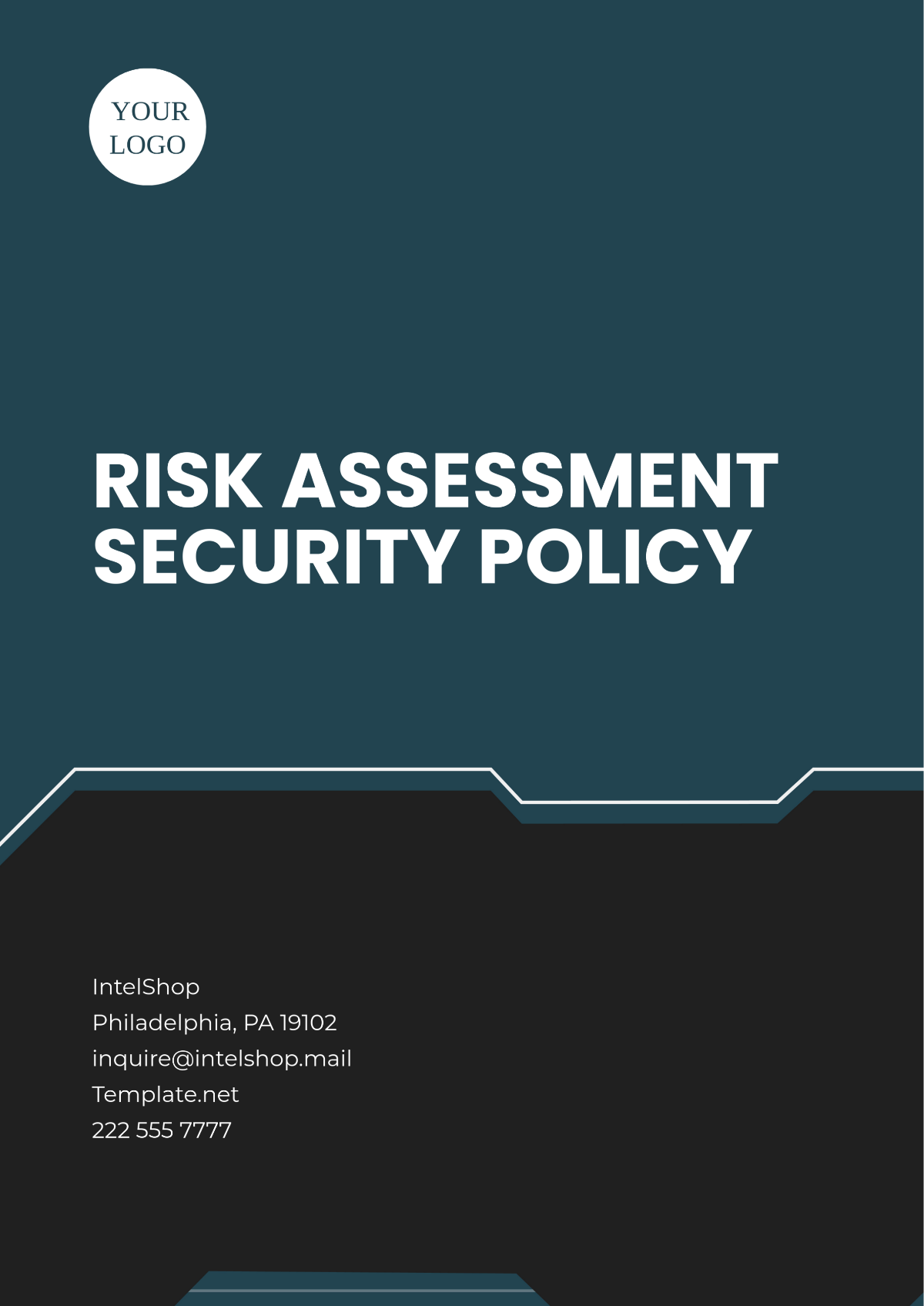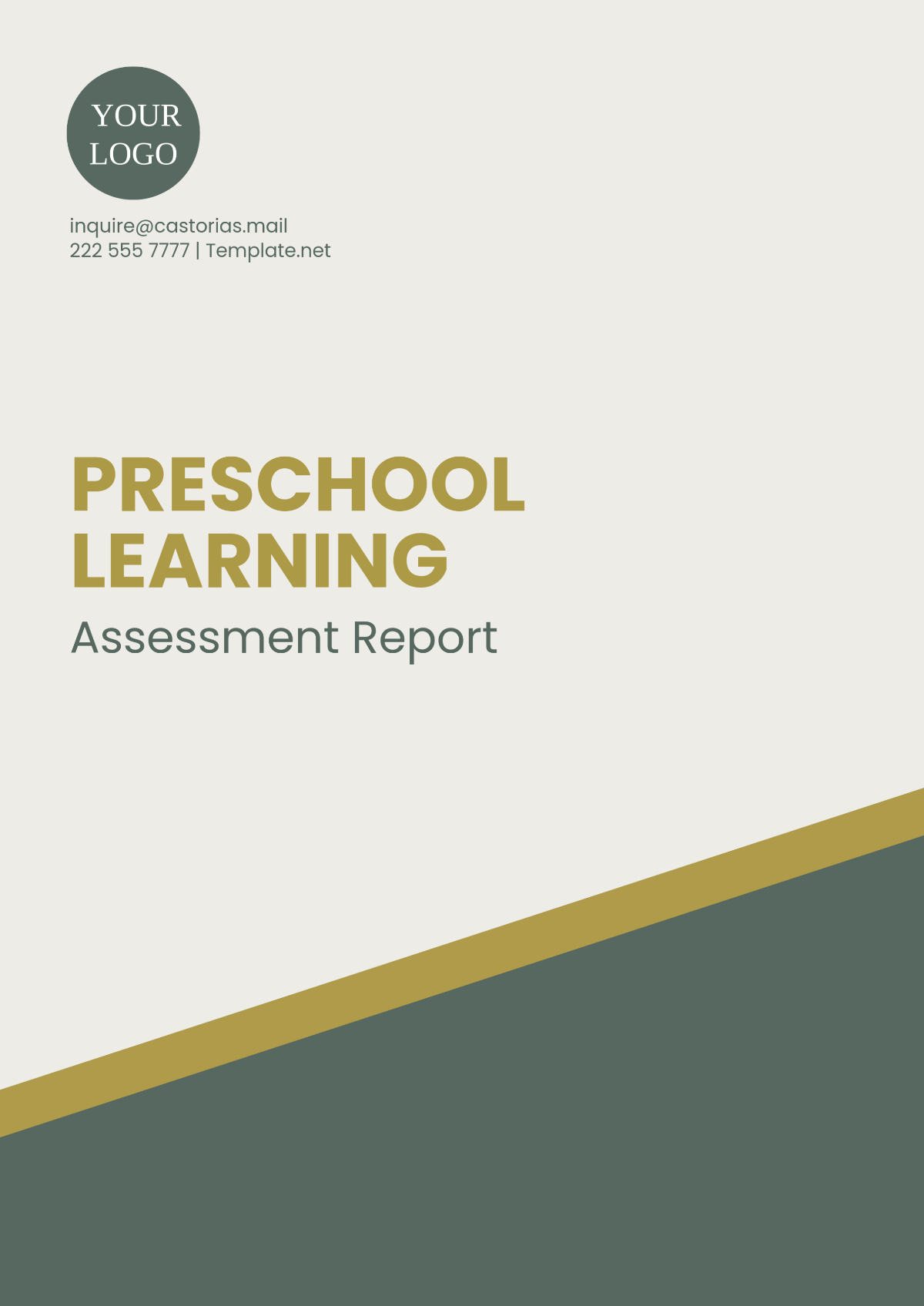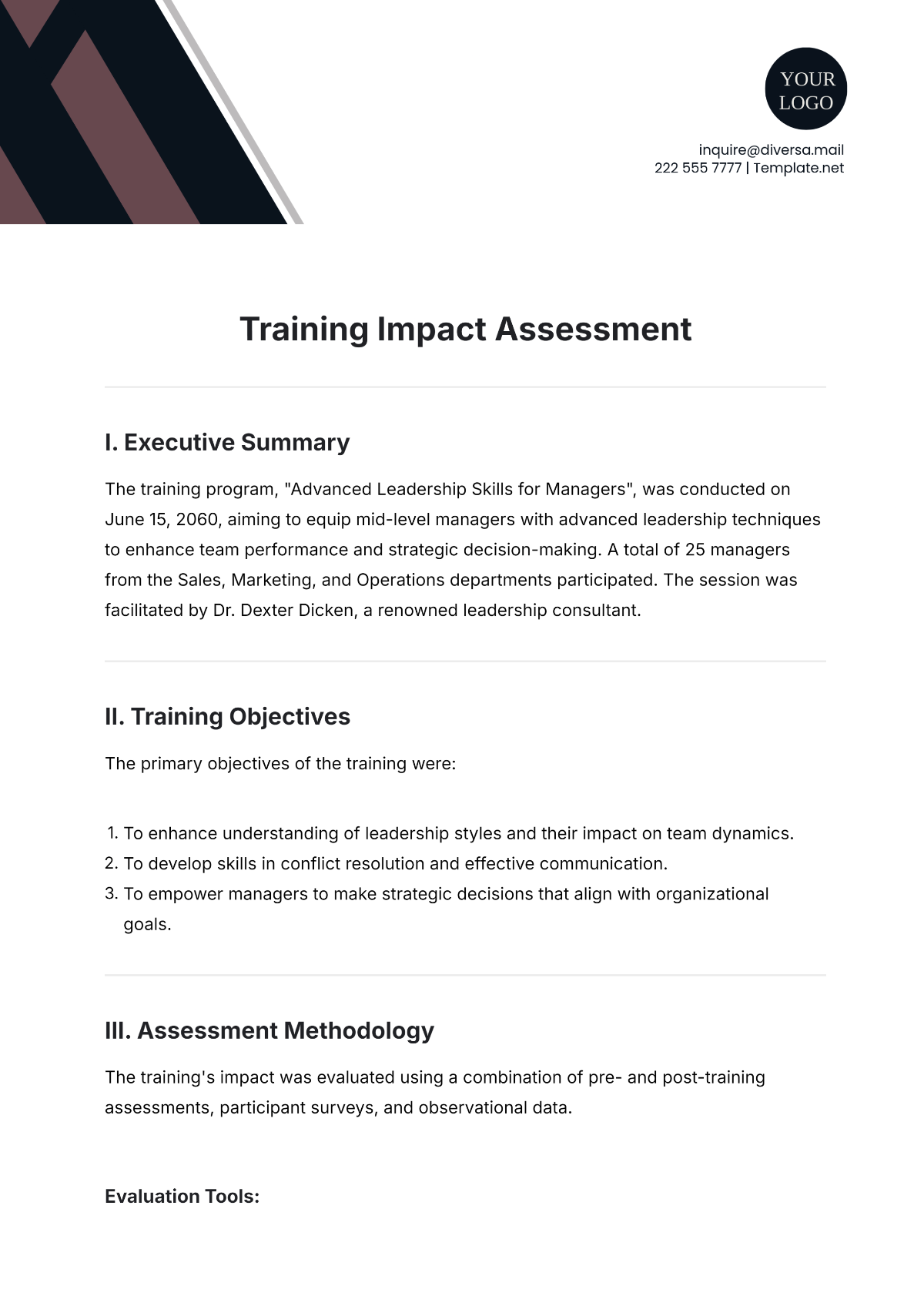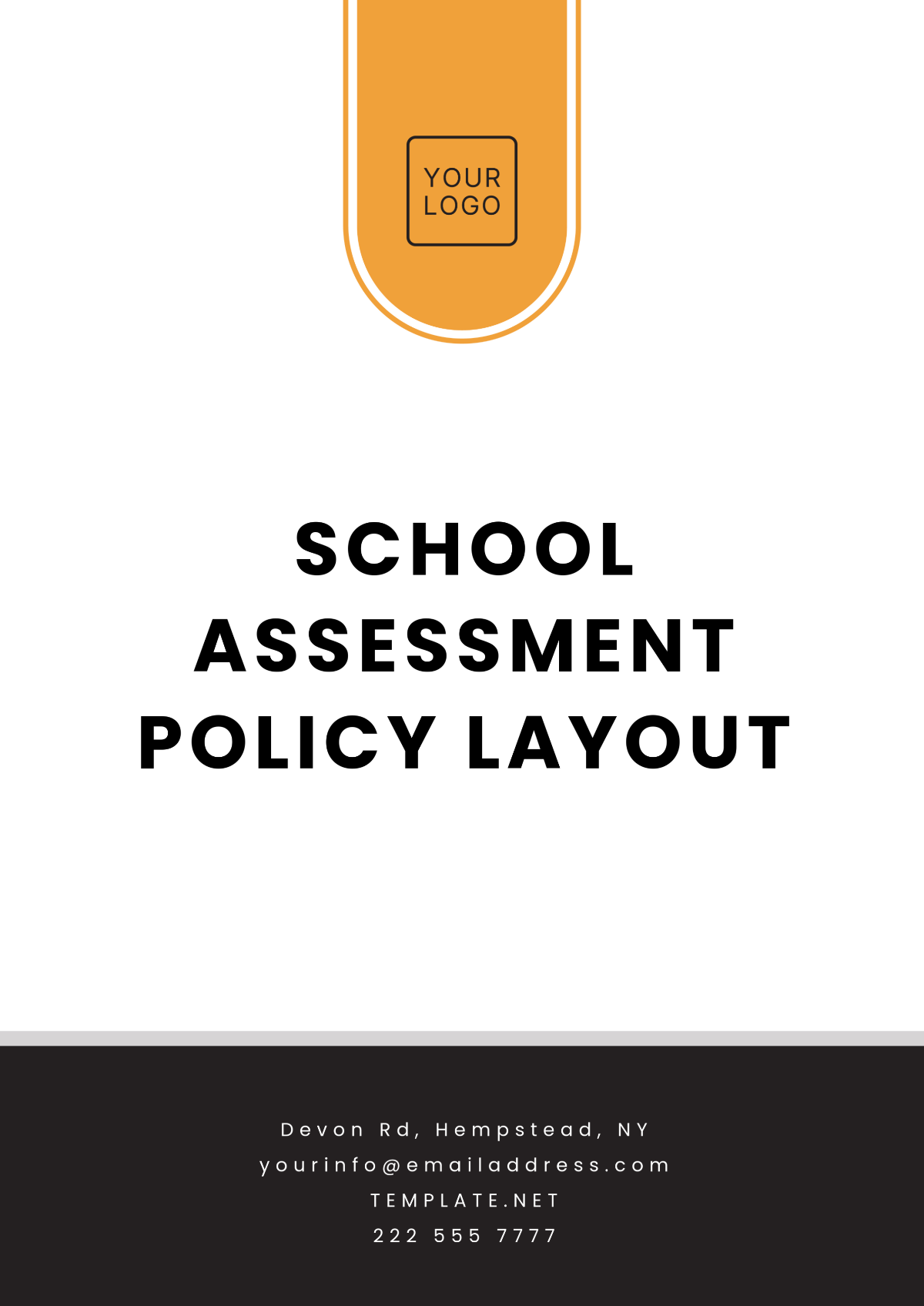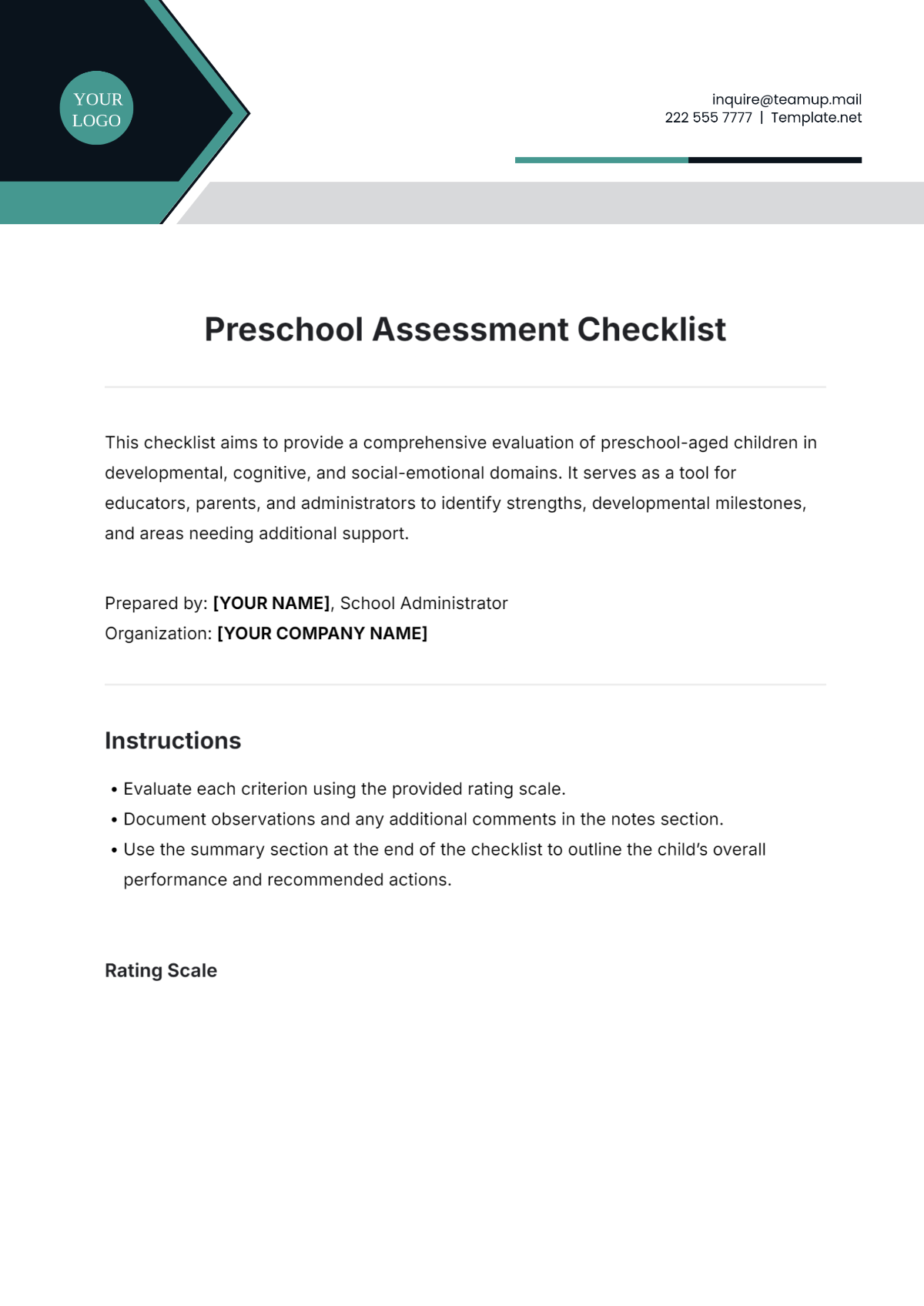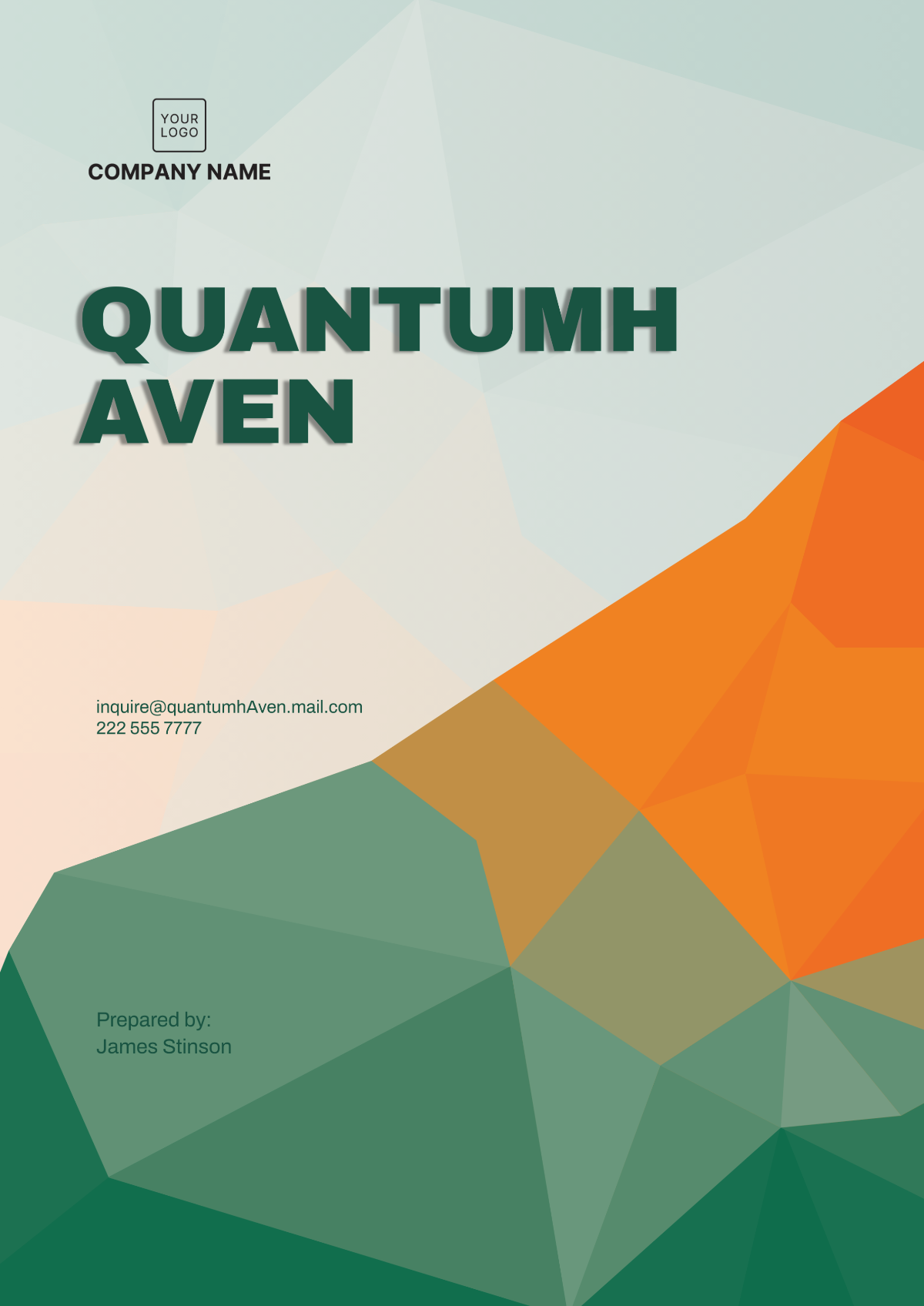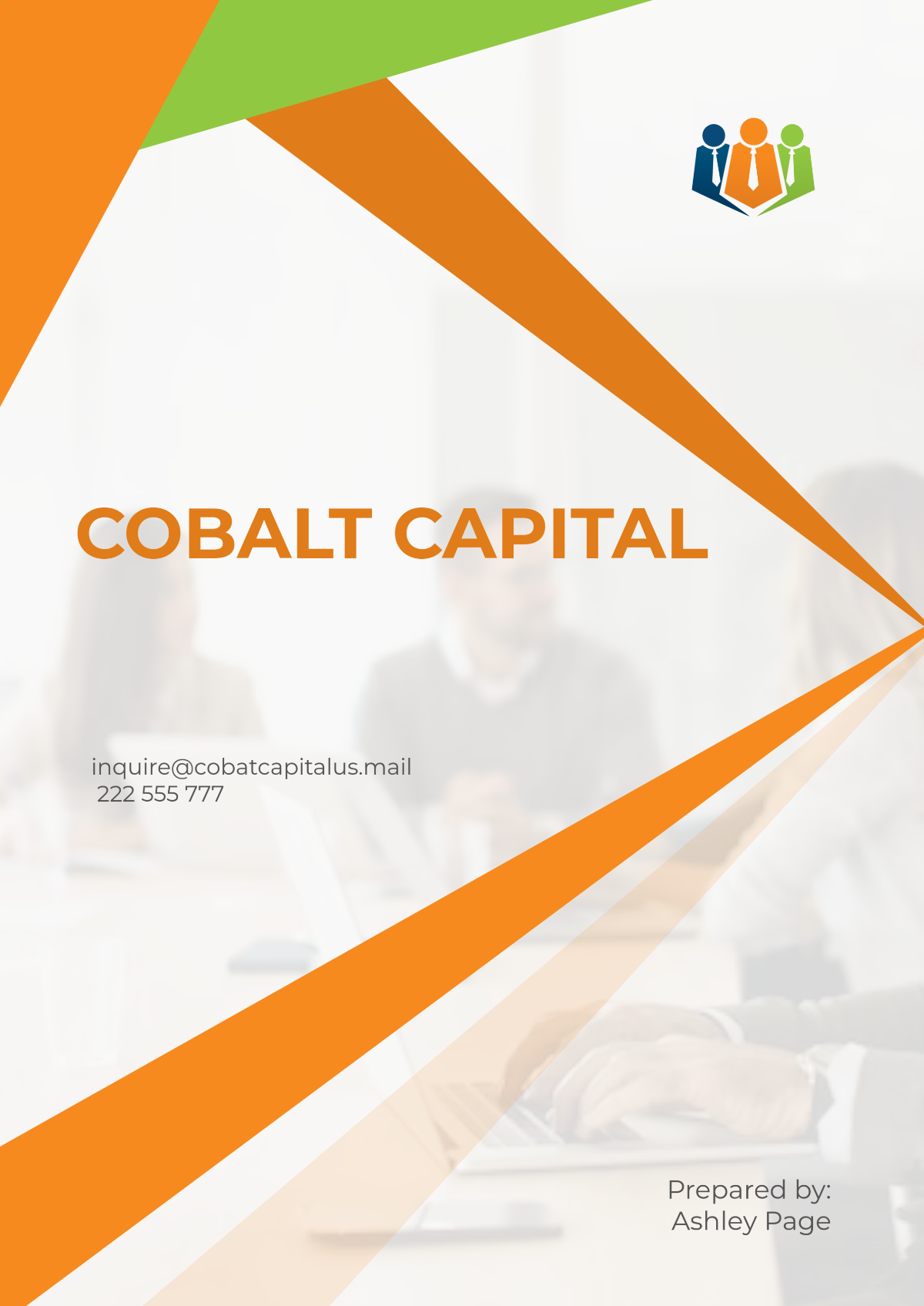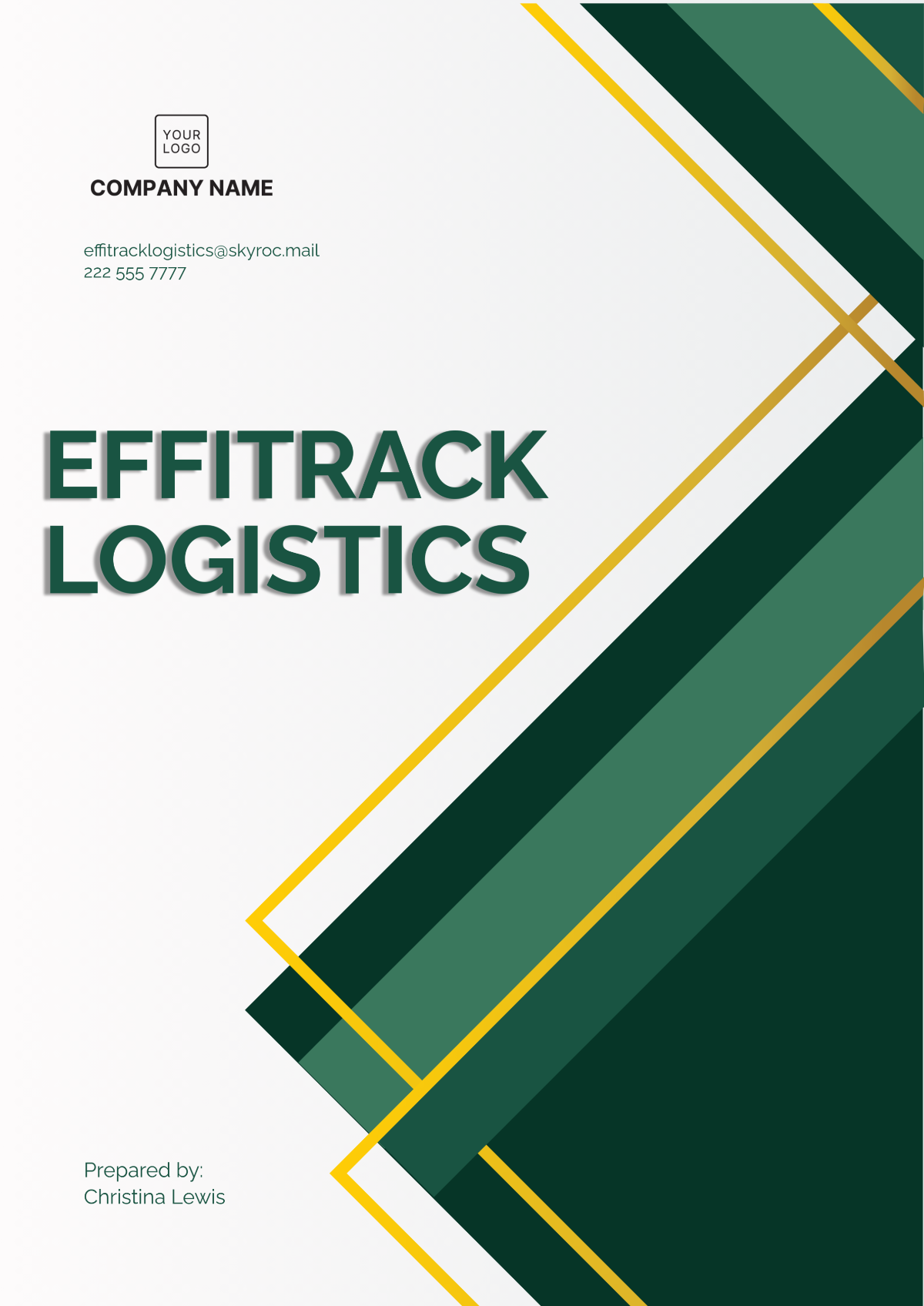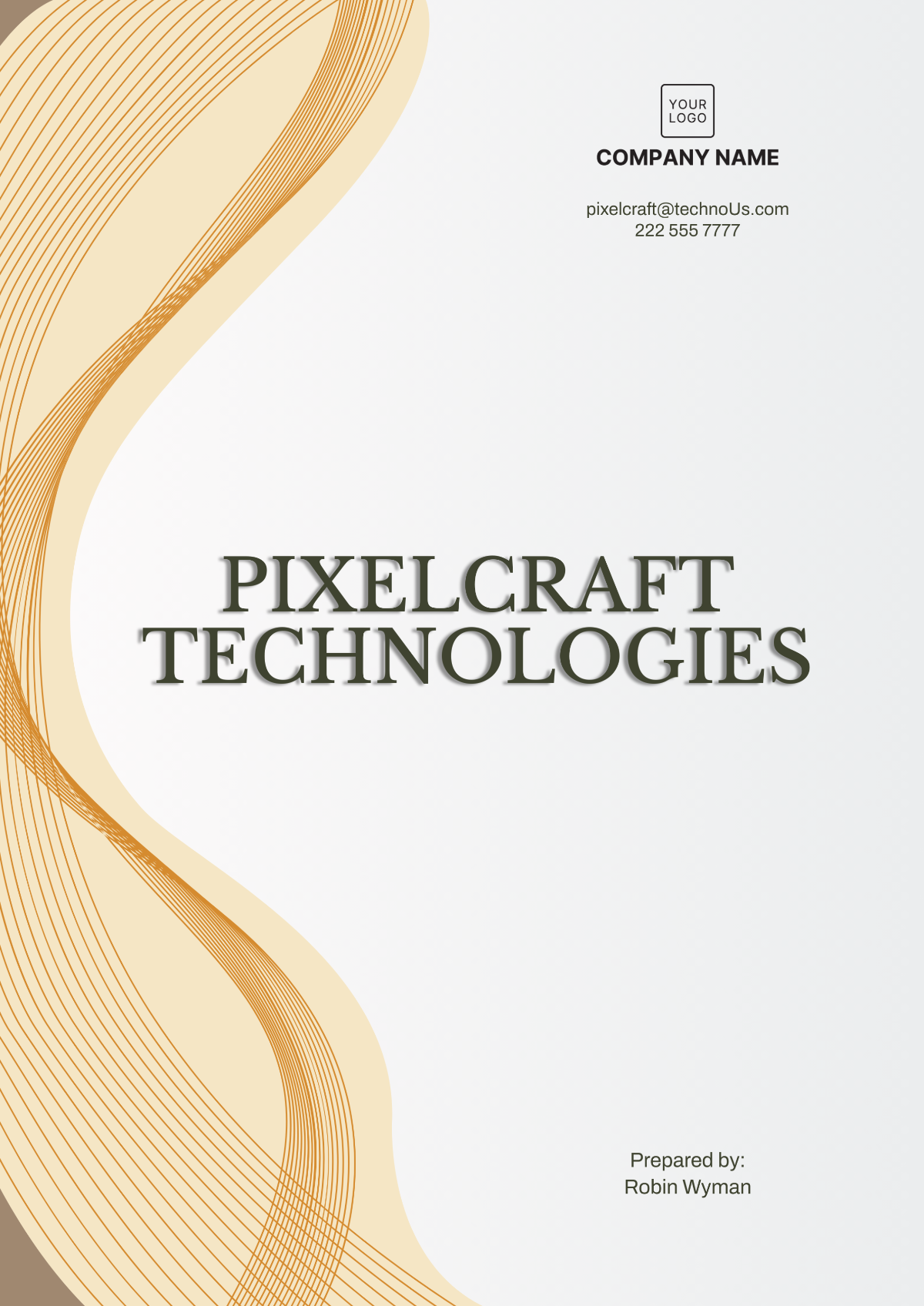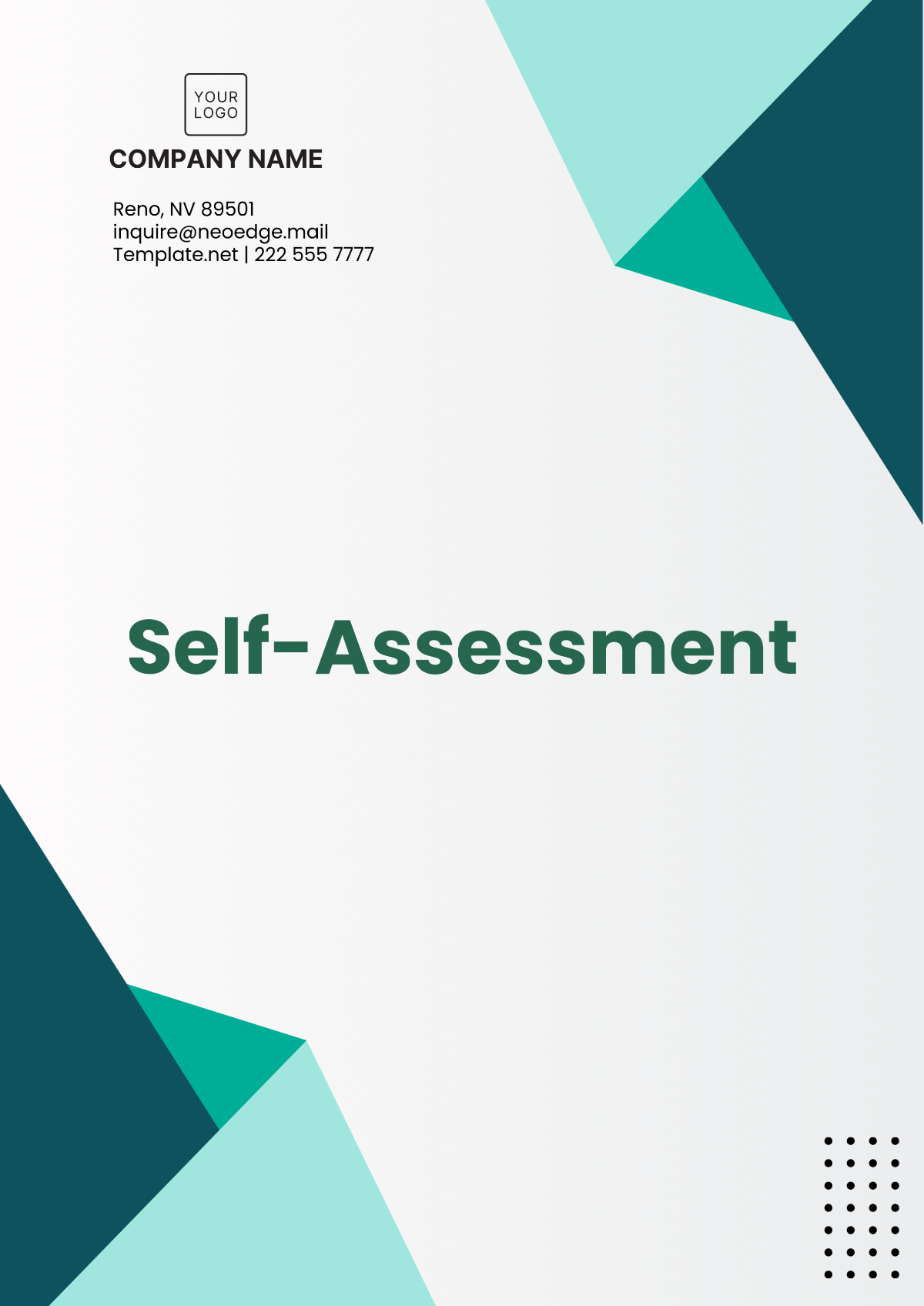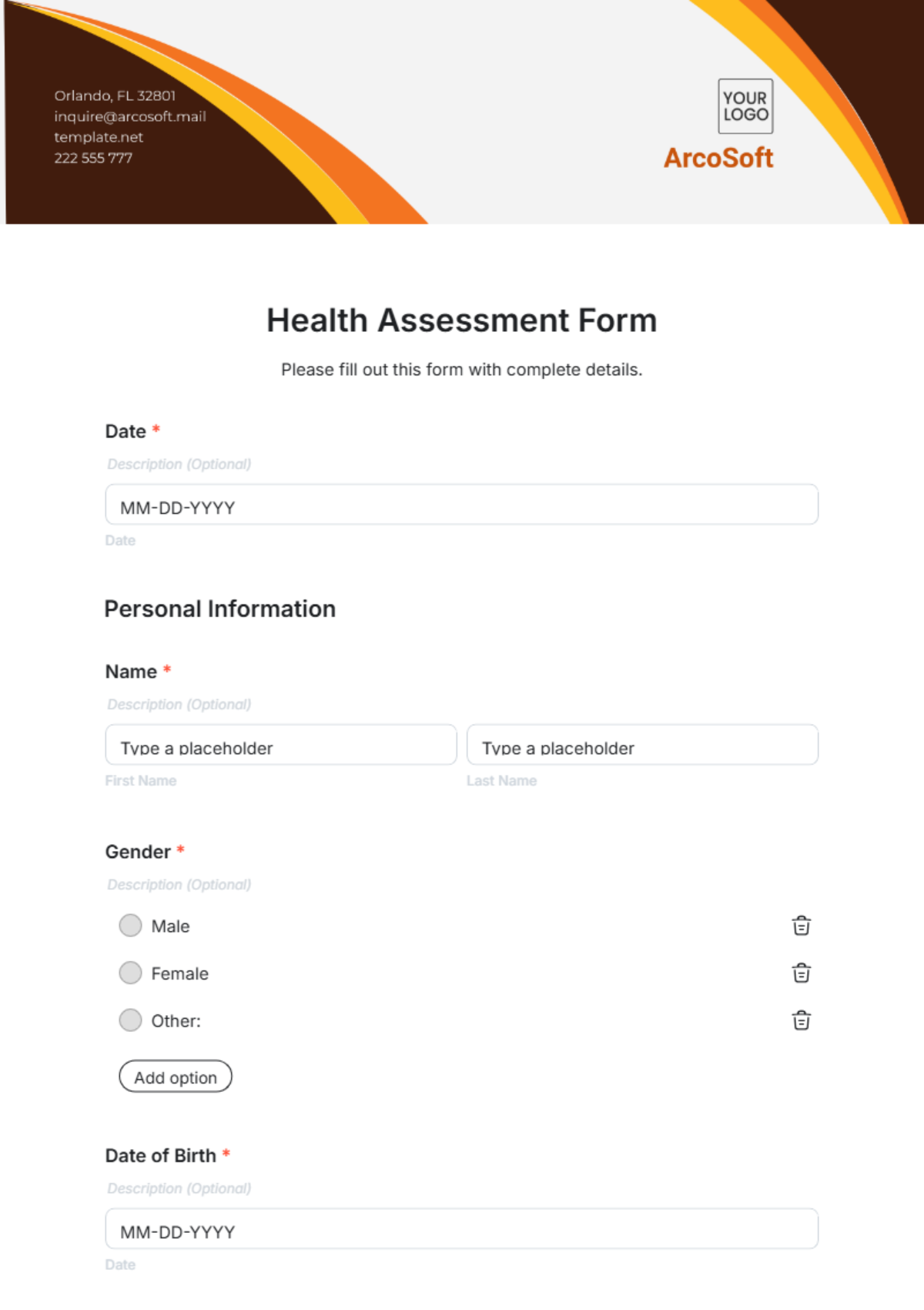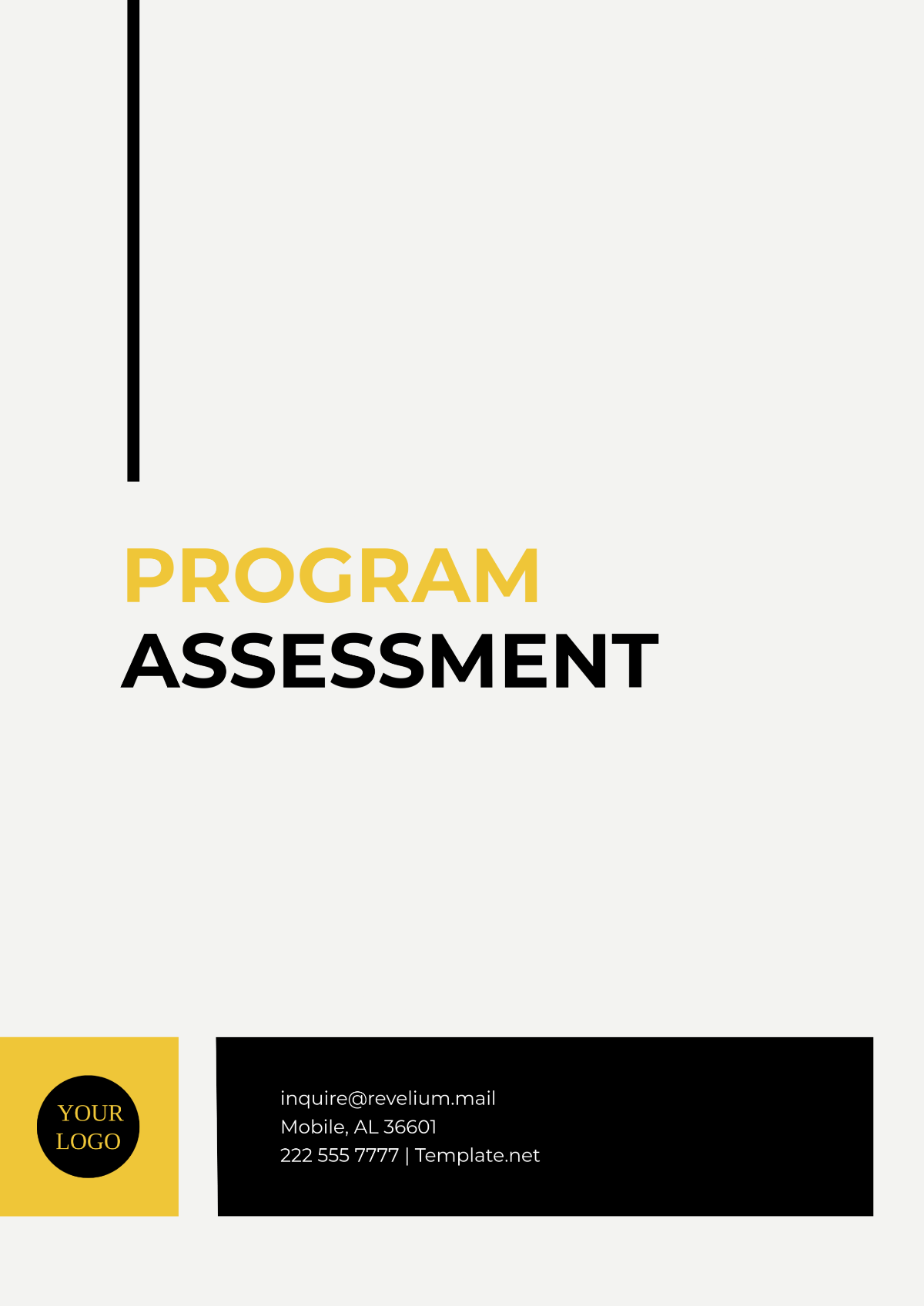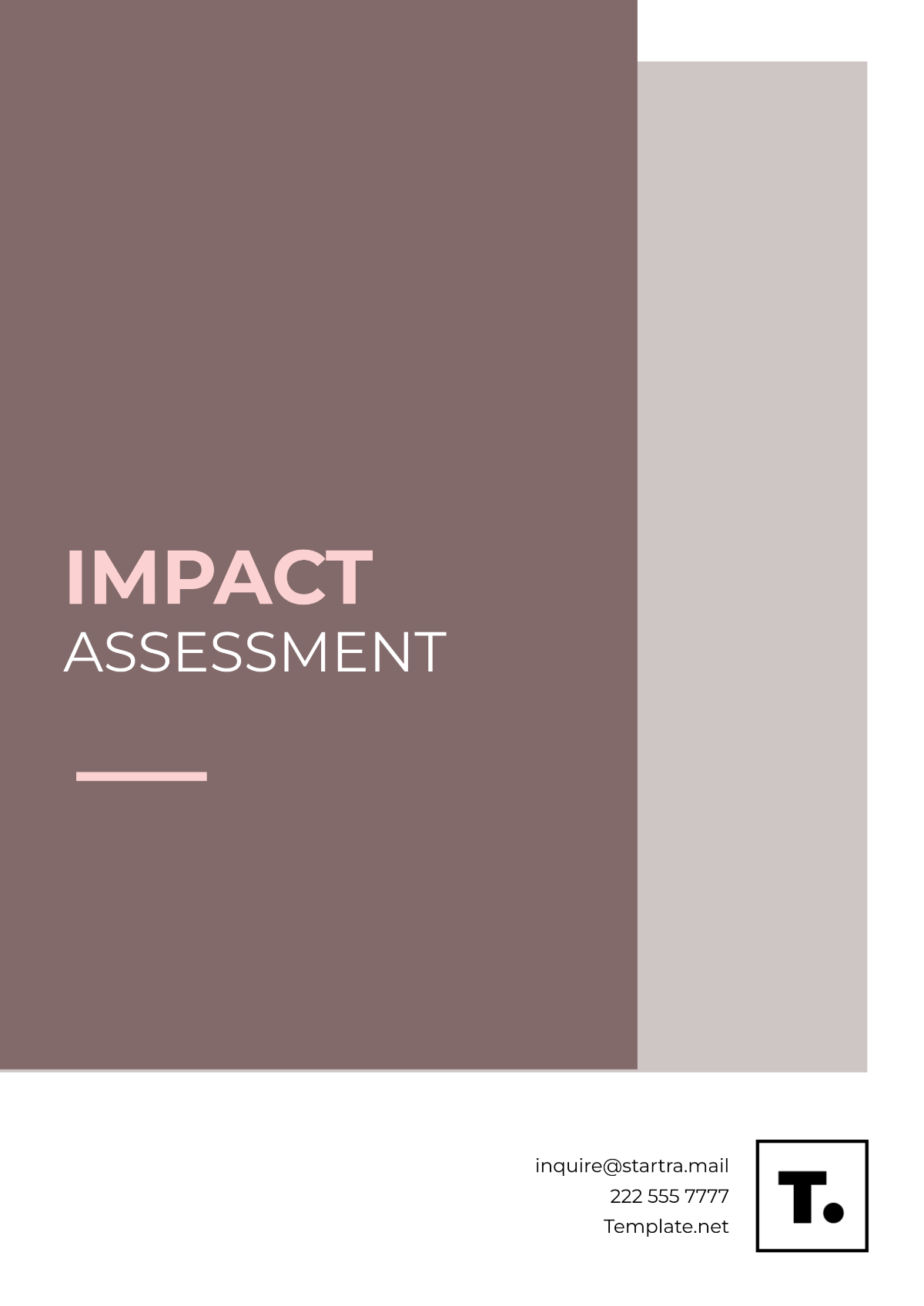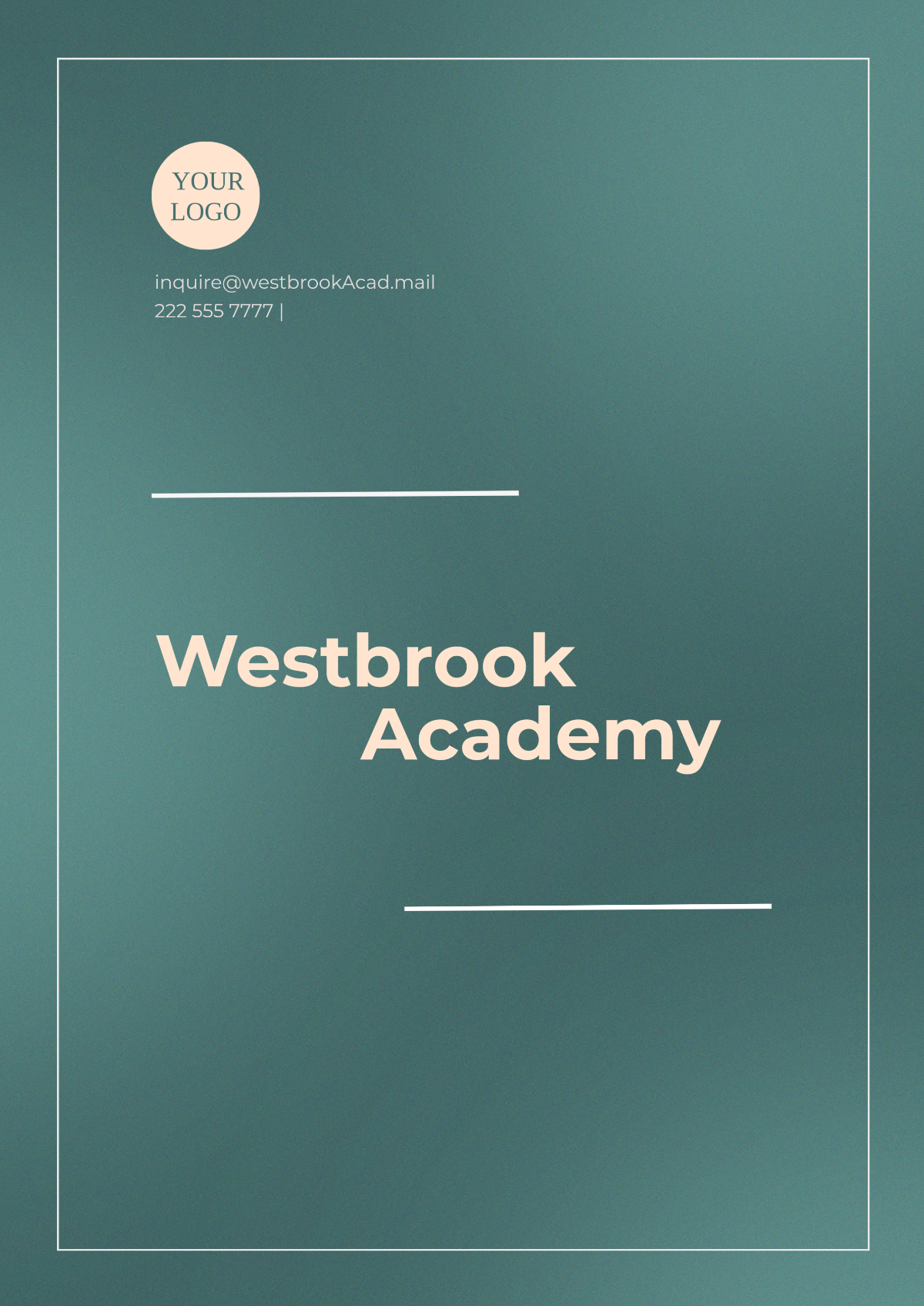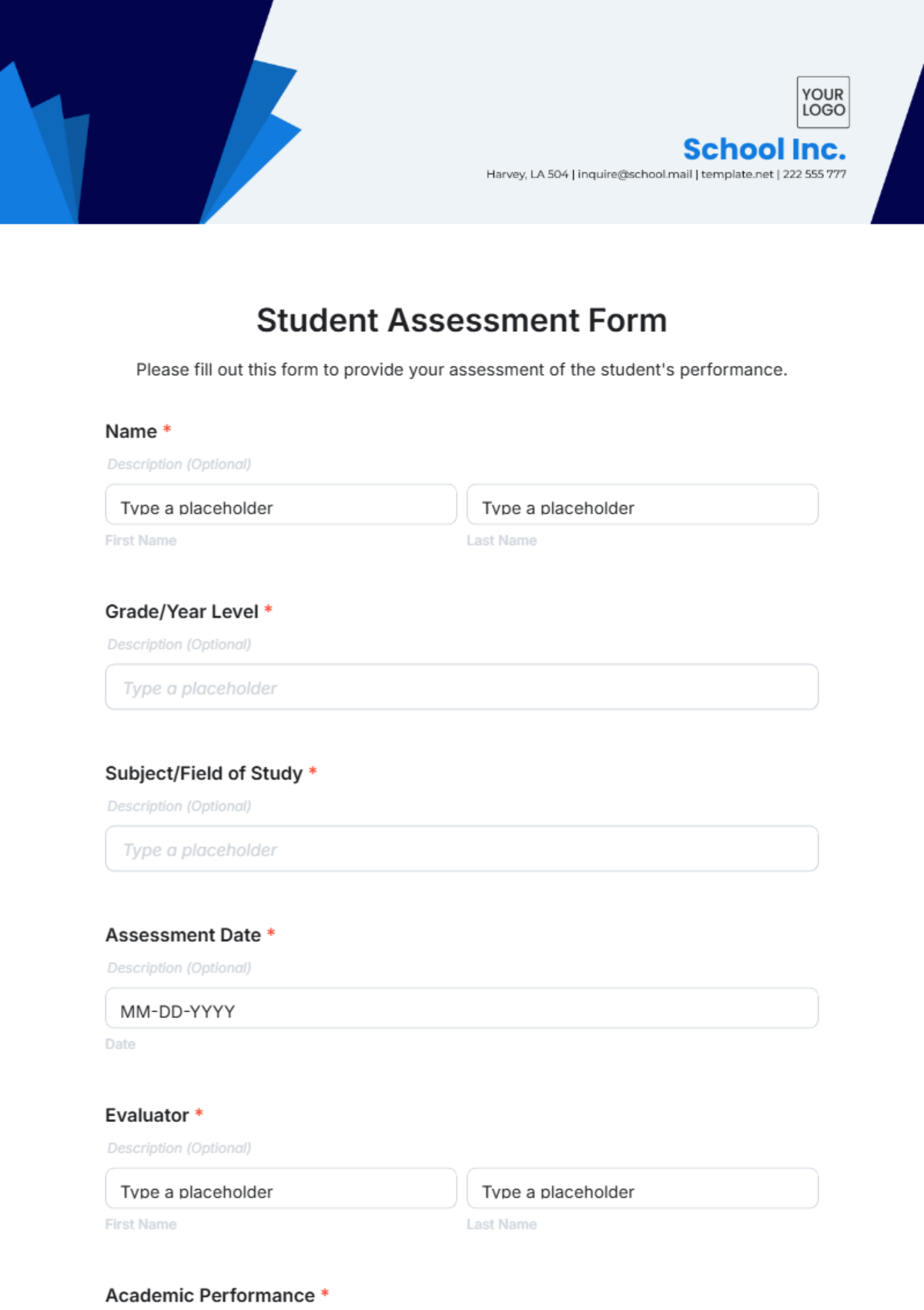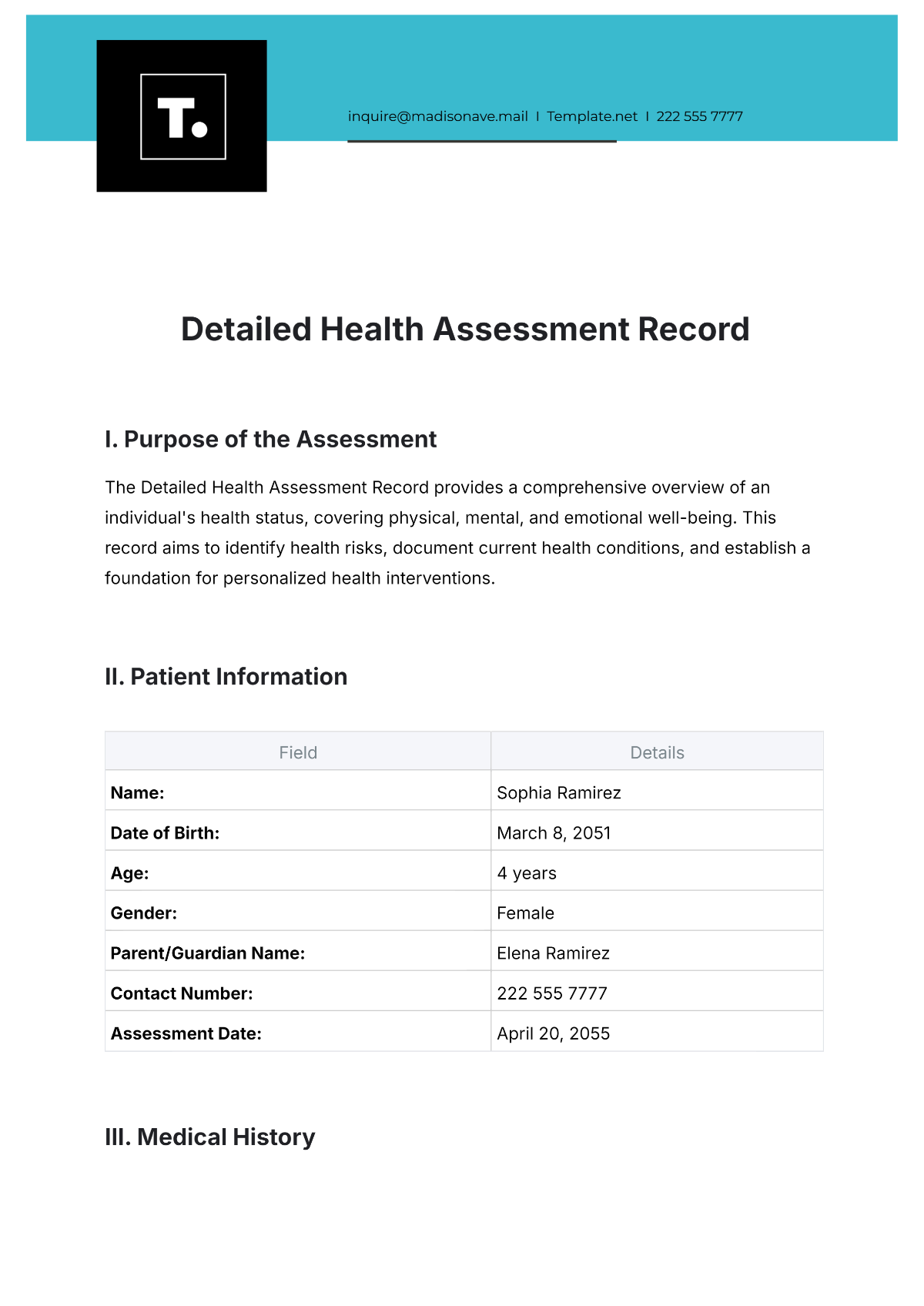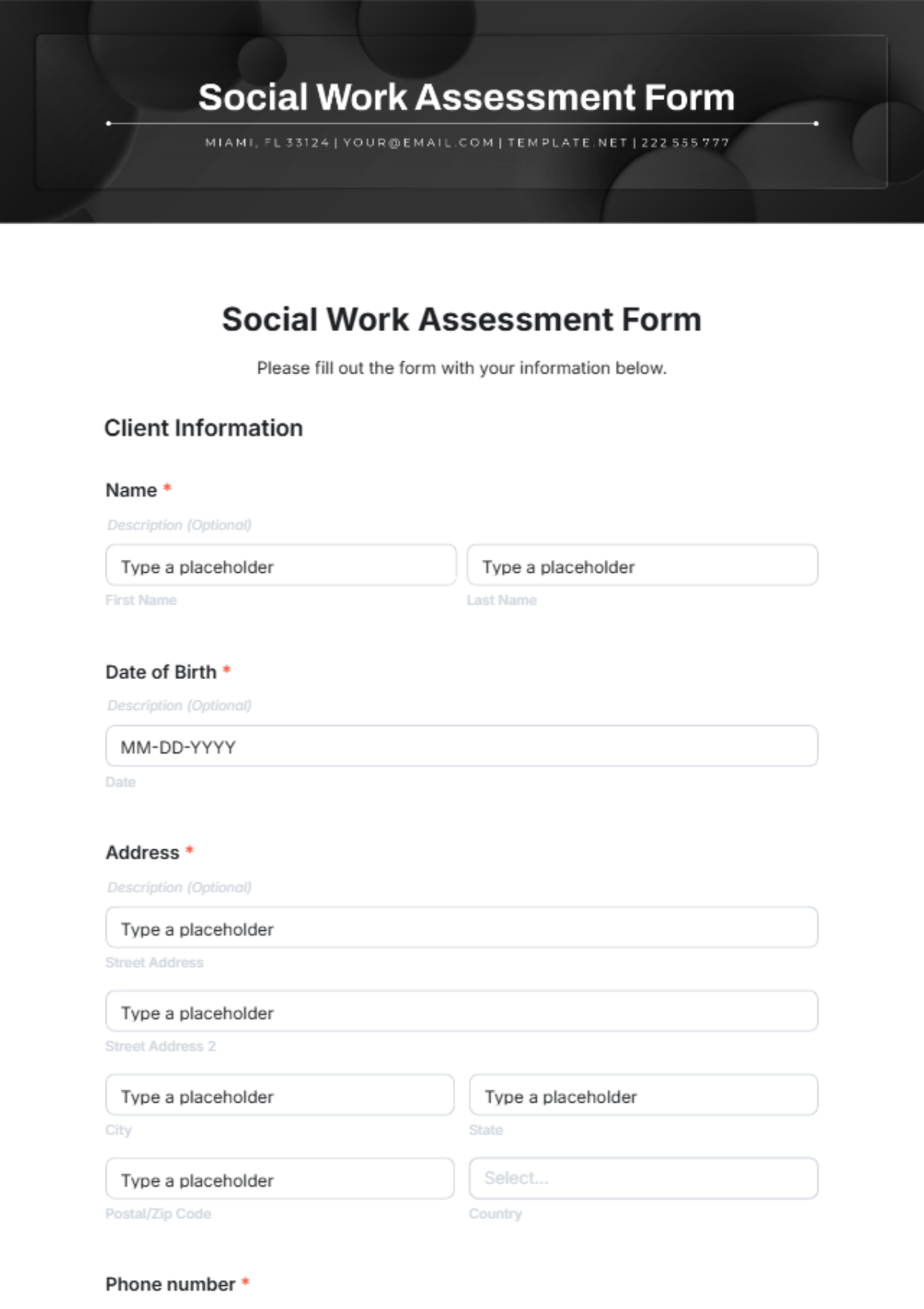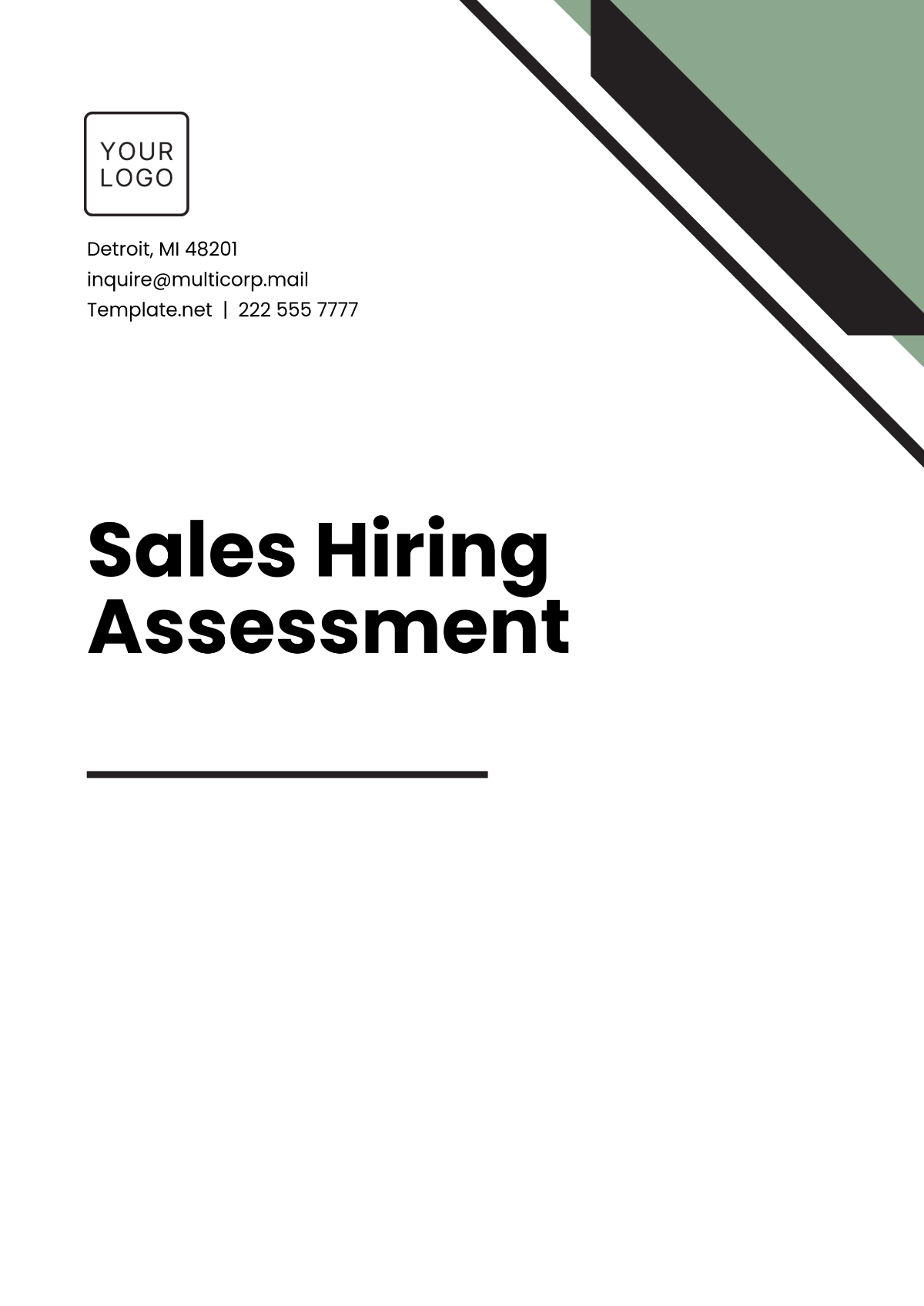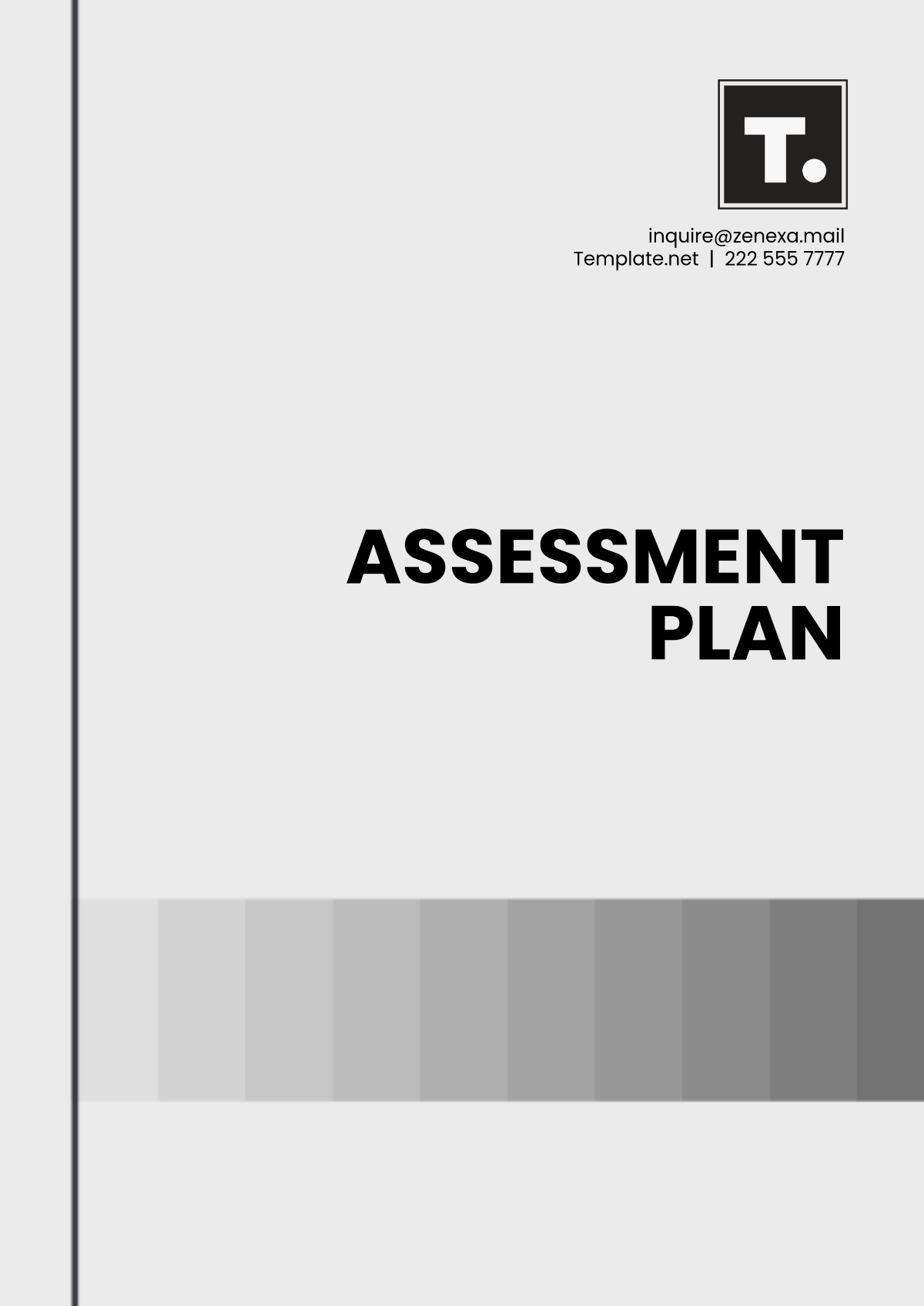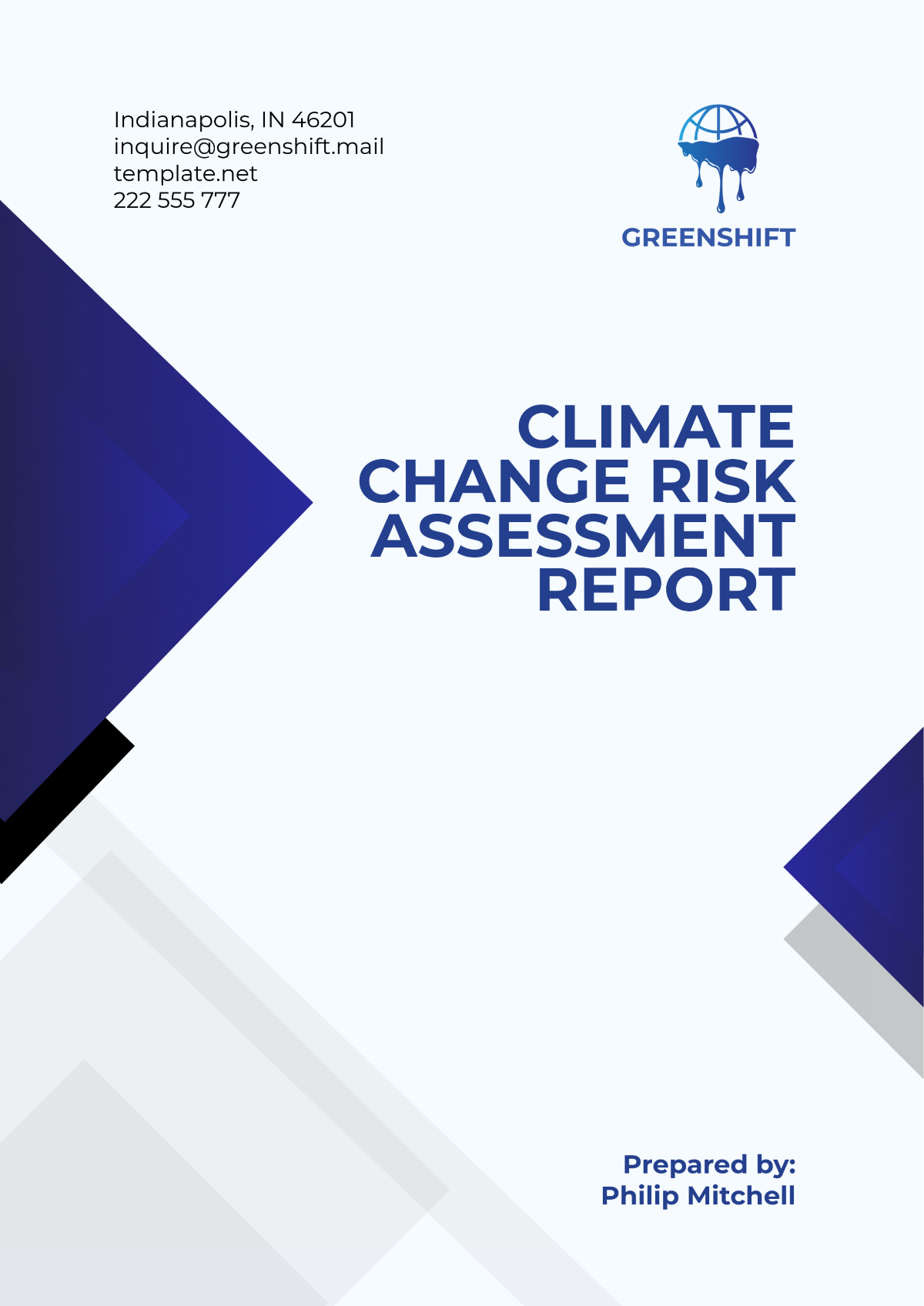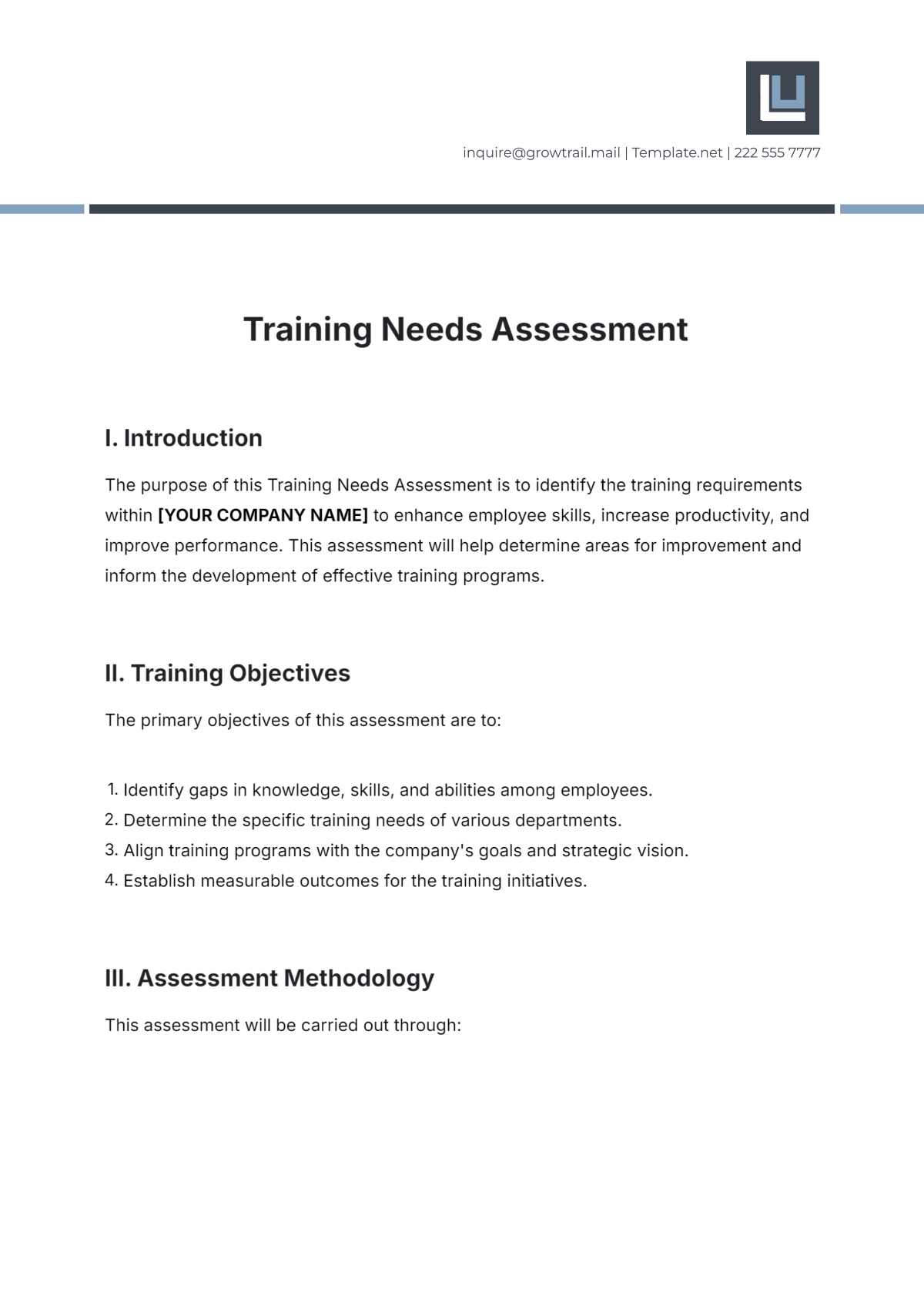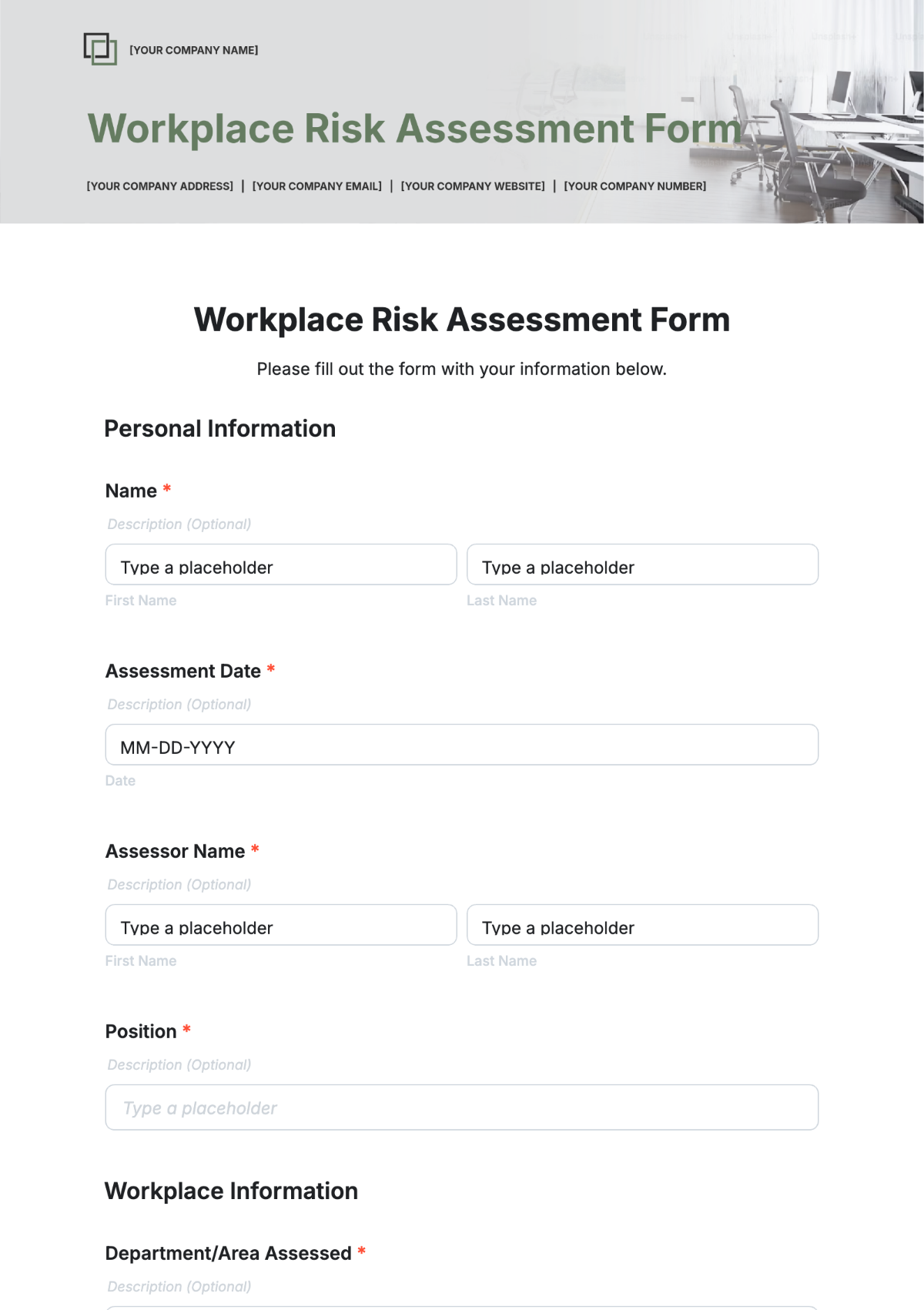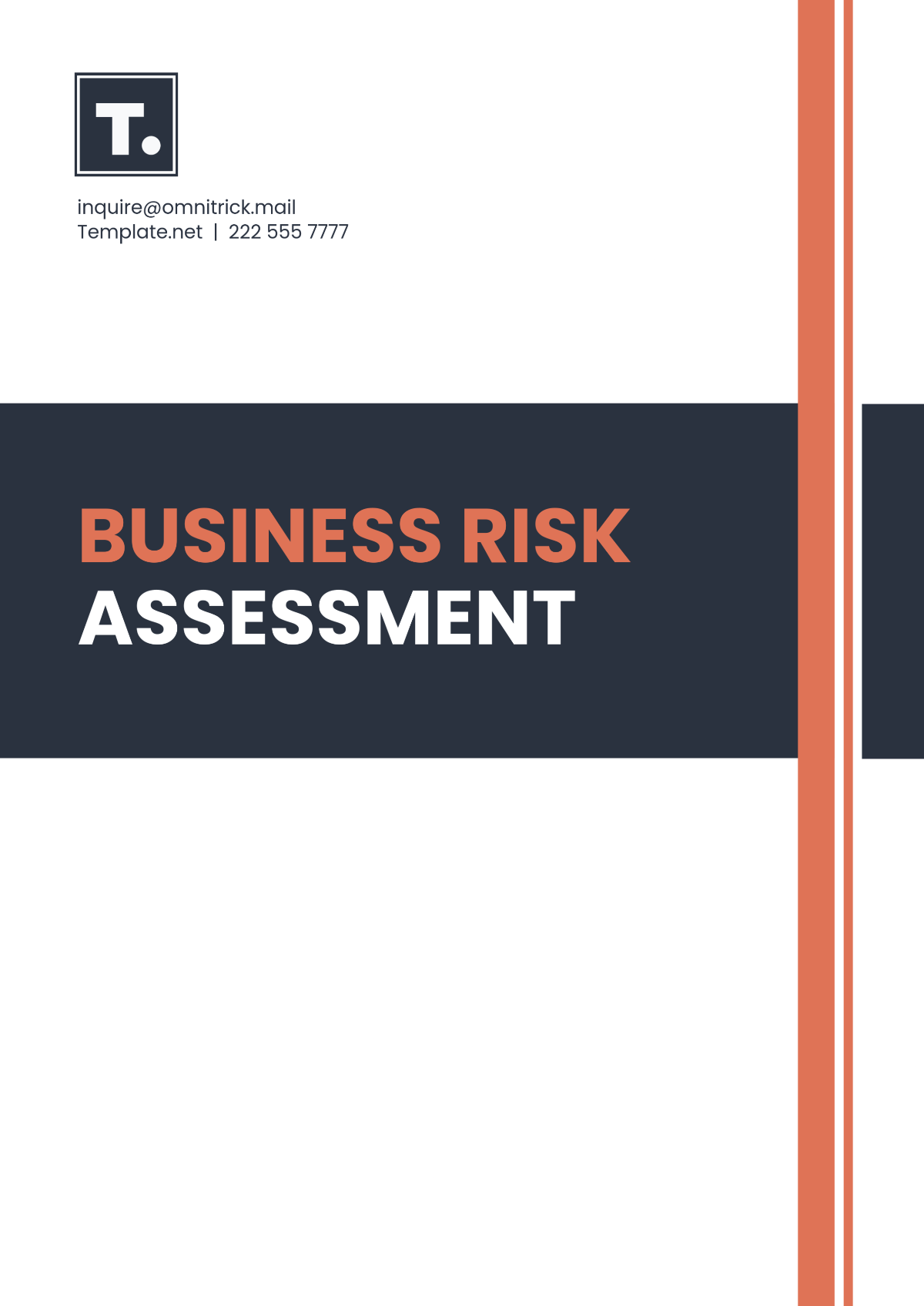Observational Study
Principal Investigator: [YOUR NAME]
Affiliation: [YOUR COMPANY NAME]
Date: [SUBMISSION DATE]
Introduction
Observational studies offer insights into the dynamics of environments and behaviors without interference. In this study, we focus on the relationship between the classroom environment and its impact on student engagement and academic performance. This study observes how various elements like classroom layout, teacher behavior, and peer interaction influence student focus, participation, and achievement in educational settings.
The aim is to assess the natural classroom environment, identify patterns of student engagement, and correlate these patterns with academic performance.
Methodology
Study Design
This observational study was conducted in a natural educational setting—three different high schools—over a semester. The study employed a non-intrusive observation technique, with researchers stationed in classrooms to record data during different sessions. The study did not involve any manipulation of the classroom environment.
Schools Observed:
School A: Urban, high-student population, modern facilities.
School B: Suburban, medium-sized classrooms, standard facilities.
School C: Rural, small-student population, limited resources.
Population and Sample
The participants were students from grades 9-12. A total of 150 students were observed across different classroom settings.
School A: 60 students
School B: 50 students
School C: 40 students
Variables Observed
Classroom Environment:
Layout: Traditional (rows) vs. Modern (group clusters)
Lighting and noise levels
Availability of technology (projectors, smart boards)
Temperature and space
Teacher Behavior:
Teaching style (interactive vs. lecture-based)
Engagement methods (questions, activities, multimedia)
Classroom management techniques
Student Engagement:
Active participation (raising hands, asking questions)
Attention span (time spent focused on task)
Group collaboration (peer-to-peer interaction)
Academic Performance:
Homework completion rates
Test scores
In-class assessments
Observations
Classroom Environment
Layout
Observation:
In traditional layouts (rows), students displayed a more passive learning stance, with lower engagement levels noted compared to classrooms with modern layouts (group clusters). Group clusters encouraged collaboration, and students appeared more comfortable discussing topics amongst peers.
Classroom Layout | Engagement Level | Teacher-Student Interaction | Peer Interaction |
|---|---|---|---|
Traditional (Rows) | Low | Minimal | Limited |
Modern (Clusters) | High | Frequent | High |
Technology Availability
Observation:
Classrooms equipped with modern technology like smart boards, projectors, and tablets showed higher engagement from students. These tools allowed for multimedia presentations and interactive content, which kept students focused and involved in the lesson.
Technology Available | Engagement Level | Type of Interaction |
|---|---|---|
High (Smartboards) | High | Interactive |
Moderate (Projectors) | Medium | Lecture-focused |
Low (No tech) | Low | Passive participation |
Teacher Behavior
Teaching Style
Observation:
Teachers who used a more interactive teaching style—encouraging discussions, asking questions, and using group activities—elicited more engagement from students compared to those using lecture-based methods. Lecture-heavy sessions saw more students disengaged or distracted.
Teaching Style | Student Engagement | Attention Span (Minutes) |
|---|---|---|
Interactive | High | 40-50 |
Lecture-Based | Low | 20-30 |
Classroom Management
Observation:
Teachers who maintained structured yet flexible classroom management showed better academic outcomes. Students in these classrooms exhibited higher homework completion rates and better performance on tests.
Classroom Management | Homework Completion Rate | Test Scores (Average) |
|---|---|---|
Strict | 85% | 78% |
Balanced | 92% | 85% |
Lax | 70% | 65% |
Student Engagement
Active Participation
Observation:
Students were more engaged in classrooms where they had opportunities for participation. When teachers called on students, initiated discussions, and created activities that required input, student participation was notably higher.
School A (interactive): 75% of students actively participated.
School B (mixed): 60% of students actively participated.
School C (traditional): 40% of students actively participated.
Attention Span and Focus
Observation:
Attention spans were influenced by the teaching methods, classroom environment, and use of technology. Classrooms with engaging multimedia content saw attention spans lasting nearly the entire class period, while traditional, lecture-heavy classrooms saw drops in focus after 20 minutes.
Academic Performance
Homework Completion Rates
Observation:
Higher homework completion rates were correlated with classroom environments that encouraged engagement and interaction. Schools with balanced teacher management and access to resources had higher completion rates.
School | Homework Completion Rate |
|---|---|
School A | 92% |
School B | 85% |
School C | 70% |
Test Scores
Observation:
Academic performance, as measured through test scores, was highest in classrooms that provided a collaborative and engaging environment. Traditional classroom layouts with lecture-based instruction resulted in lower average test scores.
School | Average Test Scores |
|---|---|
School A | 85% |
School B | 78% |
School C | 65% |
Discussion
Classroom Layout and Student Engagement
The study reveals that classroom layout plays a crucial role in student engagement. Group clusters foster an environment conducive to collaboration, which in turn increases participation and academic interest. Traditional classroom setups, while effective in some settings, tend to limit peer interaction and can stifle engagement.
Technology’s Role in Engagement
Technology use was observed to significantly enhance student engagement. Classrooms equipped with smart boards and multimedia tools saw students more involved in learning activities, as these tools cater to different learning styles (visual, auditory, and kinesthetic).
Teacher’s Influence on Academic Outcomes
Teachers who adopted an interactive approach and maintained a balance between structure and flexibility created a classroom environment where students thrived academically. This suggests that while classroom layout and technology are important, teacher behavior remains a key determinant of student success.
Conclusion
This observational study demonstrates that a positive and engaging classroom environment—one that includes interactive layouts, modern technology, and active teaching strategies—directly correlates with higher student engagement and improved academic performance. Educational institutions can improve outcomes by adopting these strategies to foster a more collaborative and engaging learning environment.
References
Brookfield, S. D. (2050). The Skillful Teacher: On Technique, Trust, and Responsiveness in the Classroom. Jossey-Bass.
Cohen, J., Manion, L., & Morrison, K. (2051). Research Methods in Education (8th ed.). Routledge.
Fisher, D., Frey, N., & Hattie, J. (2052). Visible Learning for Teachers: Maximizing Impact on Learning. Routledge.
